March, 2024
1 Comment
February, 2024February began with the joy of touching base with readers of the Andrakis series who have supported me by buying copies of the 30th anniversary edition available either by directly contacting me or via Amazon at Tony Shillitoe Guardians. We are self-publishing Girlie and the book will be launched on Mum’s birthday on Amazon – March 24th. The book blurb is:
The cover design is a photograph of Mum when she was recuperating in the tuberculosis ward at Daw Park Repatriation Hospital. The background is the tapestry she wove while recuperating.
If you are in Australia and want a copy, you can pre-order directly with me. Send me an email at tshillitoe@gmail.com with your name and post address and I will organise a copy and invoice with payment details. The book price, with postage included, will be $30. Of course, if you’re in Adelaide and want to pick up a copy directly from me, it’s $25 and a coffee or beer or whiskey at a place of your choosing. Email me to organise collection. It normally takes about two weeks for me to order and receive copies to on-sell. In other news, I have been working directly with a very good friend on a book project that encompasses stories shared by retired members of an organisation (all hush-hush for now). Still legal hoops and writing necessities to go through and it is most likely a self-publish work when finished, but it is an interesting historical document. I have edited the two science fiction novels and now I will start seeking an agent who can represent me to publishers with these projects. I’ve been approaching agents for the fantasy projects – so far, no success. Early days, though – I will always persist. Apparently, in the existing market, it’s not uncommon to have to make several hundred such approaches! Finally, I’m working on the next project – a novel about eight men who spend a long weekend on a houseboat. I’ll let you ponder that one. January 2024Before we know it, 2024 is in full swing and the first month is done! I hope you had a break over the Christmas/New Year period, or at least an opportunity to refresh. For me, January has been a month of cover design and republication.
I’ve just published a new edition – the 30th anniversary edition – of the original Andrakis trilogy on Amazon, replete with the original titles – Guardians, Kingmaker, Dragonlords – and a unified series of covers! Thirty years ago – actually more, because the new edition was a little late - Guardians and Kingmaker hit the shelves in 1992 and Dragonlords in 1993, and I am always indebted to the Pan Macmillan Australia team for the chance to become a published writer. The creation of this new edition is the last time I will revisit the Andrakis series. A cover design debacle with the original Dragonlords meant that, while Guardians and Kingmaker sold well, Dragonlords sales lagged, and for many years I had letters and, later, emails from readers asking me when I was releasing the third book or telling me that they could not get hold of book three. It was a very important lesson in publishing – that covers of series need to be identifiably linked. Robert Stephenson at Altair did a reprint edition of the series in 2006 with the books renamed under their original draft titles – The Waking Dragon, Maker of Kings, Dragonlord War – and this series was replicated on Amazon in 2015 with cover art provided from Kirsi Salonen designed to unify the series more effectively. That sorta worked – but there were a range of issues with that set of publications, too. So, this 30th anniversary edition finally has, I believe, a unified set of covers to identify the books as a single series. It’s been a strange, at times frustrating, journey. I enjoy learning how to do cover designs. My early attempts were embarrassing, clumsy, and unprofessional. My latest efforts are improving (I think). The Andrakis trilogy covers represent a compromise and a conglomeration. I wanted to pay homage to the original Guardians cover art by Mike Worral that I’ve always loved for its blend of dragon fire and lightning, and so I created a stormy lightning background using Gencraft AI and this is designed to unify the book covers. I then encapsulated Kirsi’s original art in common border frames on the front covers to draw the originals into the Altair versions. The titles and author text were the most difficult, mainly because I did not want the art obscured by the lettering. I could have (maybe should have) made the titles much more prominent, but in the end I chose the smaller text to give the art the respect it deserves. And so, into February. My focus this month is on editing and preparing two scifi novels for marketing. I’m chasing agents because I would like my new work to go through conventional publishing, so if you know someone who would be keen to take on my work definitely let me know. I am settling into this new life of full time writing and enjoying the freedom to be creative. December 22, 2023So, the final blog for 2023, and it will be a summary/observation of a first year of full time writing. Fair warning so you can choose to read on or bail. The Numbers Let’s get the dry info out of the way – the year’s statistics.
The Projects The Last Wizard series – Tamesan, Chasse, Jaysin, Harmi – Fantasy novels The original The Last Wizard was published by Pan Macmillan way back in 1995. It was successful and made its way into schools, and was a finalist in the inaugural Aurealis Awards, losing out to Garth Nix’s Sabriel. While it was written as a stand-alone at the time, I had pencilled ideas for a series. That never saw light of day for many personal reasons at the time. This year, however, I completed three novels – Chasse, Jaysin, Harmi - each one focussed on a sibling in the family, the last one told from the dragon’s point of view, each draft of around 90,000 words taking just over a month each to complete. The series is now ready for 2024 submissions. The Dragonkin series – Storm, War, Revenge – Fantasy novels Dragonkin was started way back in 2007 as a follow on from the Dreaming in Amber and Ashuak Chronicles published by HarperCollins, but was never developed beyond half a first book draft. Conceived as a development on the fate of the dragons that were tricked into following the Alfyn through a portal in the Amber books, this year I finished drafts of book one – Storm – and book two – War. Book three – Revenge – is yet to be drafted and so this series is a 2024 project. Girlie – Historical Romance novel Girlie has gone through four years of development, and one submission and rejection, but the manuscript is ready for 2024 submissions. Bill – Historical novel A second historical novel focussed on a young male in the 1930s and 1940s is underway. It’s in fledgling form. It follows the experiences of a boy growing up on a remote farm whose mother dies when he is 11 through to his joining the RAAF in 1944. Lots to do. All We Have – Science Fiction novel Pre-Covid and post-ISIS, in 2017-18 I drafted a novel in diary entry form titles All We Have of a young man who finds himself in world torn apart by a pandemic and the rising up of ‘terrorist’ organisations during the pandemic. Apart from the apocalyptic elements described, the twist is the pandemic virus adapts rapidly to control its hosts – zombie apocalypse. While the first draft is finished, I think it needs significant editing in light of the world’s recent/current experiences and maybe with regard to characters. To be edited in 2024. Rebound – Science Fiction novel I undertook NaNoWriMo last month and completed a 56,000 word draft based on corporate control of the world and the attempt to introduce cyborg players into international basketball. The organisation, Independent Freedom, uses assassins to disrupt corporate efforts to monopolise business and push the citizens deeper into poverty. The corporates use assassins to take out IF operatives. Caught in the mix is a basketball club targeted as an experimental ground for the cyborg athletes. I’m hoping to finish final edit of Rebound and get it ready for 2024 submissions. We Need to Talk about Teaching – Education guide I’ve wanted to publish a guide to the daily aspects of teaching no one talks about until you’re on the job – yard duties, reliefs, parent relationships, PD etc – and I wanted to tell it interspersed with hundreds of teacher comments I’ve collected over a long time. This work is now in first rough draft, but it needs a significant edit., even though I thought I could get it done this year. Now it’s in the 2024 list of ‘To be continued…’ Self-discipline Those closest to me know that until this year, writing was slotted in around everything else – education work, family, sport. A fantasy novel commonly took a year to draft into reasonable shape. Between 1990 and 2008, I managed to have 11 fantasy novels and 2 teenage novels published with Pan MacMillan and HarperCollins, and several short stories, articles and scripts. Contracts from publishers certainly helped with self-discipline over that eighteen-year publishing period. This year, unencumbered by full time work, it has been incredibly liberating to re-evaluate life and writing, and the victor and victim simultaneously has been self-discipline. I have had to establish a writing and reading and editing routine during what would normally be the working week. Simultaneously, I have also been challenged to ‘relax’, slow down’, enjoy retirement’. Balancing those two forces is a challenge. It’s nice to have the challenge. Some days I manage to do one or the other, some days both. Occasionally, neither.
Nibbles – okay, let’s leave that topic. Loneliness does inspire nibbling. I have to be very conscious of getting up and moving about because there are days when I am so focussed on what I’m writing that several hours can pass before I realise I better move.
Another thing I’ve done is set myself a daily word count of around 3000 words – basically, if I hit it, I can make choices to do other things that day (or keep writing), It’s not strict – I cheat. But it gives the writing ‘job’ parameters against which I can measure productivity. Did I just write that? The last comment on self-discipline concerns money. I’ve made none from writing this year. At times, I’ve defaulted to looking on Seek for possible jobs that will bring in money. I’ve contemplated at least doing relief teaching, anything to justify my existence. And that’s when my responsible brain kicks in and says, ‘You have chosen to be a writer. You didn’t choose to make money. You chose to create. Creativity is never a guarantee of income. Lots of famous writers died penniless (and lots more unknowns). Why should you expect anything different from your art? Be an artist. Stop being tied to monetisation.’ So, yes, the hardest discipline is to accept that I am no longer a part of capitalist productivity. At best, I’m a creative, relying on someone else to house, clothe and feed me. I have nightmares… Goals Has this year been productively successful in writing? Mostly, yes. I’m pleased with the output. It’s good to have completed drafts of seven projects that have been languishing on the computer in notes for up to twenty years. It’s also good to have two fresh projects drafted. The focus this year was always going to be purely on writing, not on seeking agents or publishers. To that end, it has been successful. But now, the truly difficult and scary part of my choice to leave safe employment and be a fulltime writer begins for 2024 – securing a literary agent and publishing the books. Those are part of the 2024 goals, along with developing and completing several more projects that have languished for lack of time in the past. If you’ve followed my ramblings this year, thank you. Have a safe holiday period (if you have one) and see you in 2024! October 29, 2023Yes, I went to ground for almost three months. I meant to write my blogs, but… Life. So what has transpired? Apart from the inevitable wars all over the world, and bureaucracies justifying their existence while wealth-hungry people keep jacking up prices and gouging to become millionaires and billionaires at the expense of billions of poor people, life has continued to evolve. Seen some fascinating movies – Poor Things, Living, finally saw Tar, Barbie, Asteroid City, Oppenheimer and some lame ones I won’t list – read books and played volleyball. Did lots of house-related things. You don’t need to know all this. Writing-wise, in summary the three months have been a productive period and that’s partly why the blog was consigned to the sidelines. A target was to complete a draft of the second fantasy novel, War, in the Clan Chronicles by December. It was around 60,000 words beginning of August. Well, the first draft is now done, sitting at 120,000 words. I’ve set it aside with the first draft novel and the plan is to read and first edit the two books beginning in November. After that, I dusted off a scifi project not previously mentioned which I first initiated way back in 1998. Over the years, I revisited the concept, pencilled out ideas, even worked with local artist Tim Ide on the idea of making the work into a graphic novel, until it was pushed aside for fantasy projects with HarperCollins. Anyway, I’ve been plotting and drafting the novel version and it has expanded to 15,000 words with a target of maybe 60,000 when done??? I’ll focus the next blog on it. The teacher guide project described in my last blog in July is close to finished at first draft, around 50,000 words, which is plenty long enough. Like the Clan Chronicles, it is now a November edit task. I’m hoping it will be in full first draft by the end of December.
So, back to blogs again.
July 31, 2023Over 300,000 people currently work as teachers in Australia, about a half/half split between Primary and Secondary schooling levels, with over 70% being female. When I began the career way back in 1978, I quickly realised that very little of what I thought I knew about teaching and what was shared with me at university was correct or useful. Educational theories and history and pedagogical practices and curriculum maps and technologies certainly provided a little of the necessary knowledge and skills teachers need, but the reality gap between academia and day-to-day workplaces was – and still is – huge. By my fifth year of teaching, I was mapping a potential guide for people who were contemplating teaching as a career or were in the early years wondering what just happened. I began collecting comments and observations made by colleagues and storing them – conversations on yard duties, behaviour management, administrative paperwork, reliefs, union membership, and so on. The comments I collected are like: “I was born branded as a teacher. Mum is a Principal. Dad teaches Tech. My grandmothers on both sides were teachers, and my father’s father worked as an accountant for an education company. I’ve never known a world outside teaching. We’re a bit like professional military families – actually, a lot like them.” (AK, Economics Teacher, 12th year in profession) “Every morning, I coach myself to be positive when I walk into the school grounds. I smile, I greet people, I exude positivity because I know the impact it has on everyone else.” (JN, Year 5 teacher, 4th year in profession) “If I have to do one more session on Mandatory Notification I will scream. I get it. I know what to do after four sessions. Really. Stop wasting my time. The sessions are so boring.” (CB, Food Technologies teacher, 22nd year in profession) “I learned a lot of tech stuff during uni, but I was surprised at how many of my colleagues still struggle with tech at work. It’s embarrassing. I’m helping people with basic stuff and the kids know it.” (FS, Middle School teacher, 7th year in profession)
This year, as a side-task to other writing projects, I’ve finally pulled together a full draft of the teacher guide, and it currently sits around 42,000 words. I’m allowing myself a target of 50,000 words – long enough to cover quite a few topics; short enough to be readable. I’d like to make it a relaxed reading, one that non-teachers can read to understand the demands and joys of the profession. It doesn’t include leadership – it really is aimed at classroom teaching as a profession. Neither does it cover what courses generally cover: pedagogies, behaviour management practices, curriculum design, professional growth. If anything, for would-be teachers it’s a warts-and-all view.
I am wrestling with the method for the teacher observations. I want to provide anonymity for the hundreds of colleagues whose comments I’ve curated and anonymity for myself because some observations may not be what those colleagues want appearing in print, but I do want to give a sense of the commentators’ experience, so in the draft I’ve used fake initials, but actual experience in level of school and years in the profession. I know this won’t suit academic rigor or standards and it’s not meant to – the purpose is to share real comments in the context of the topic: nothing more. I have nothing I want to prove as irrefutable evidence. And that brings me to developing the overall tone again – a conversation in essence. The current working title is a wee derivative – We Need To Talk About Teaching – but it I want a title that sets the tone from the outset: that chat we should have about the profession that makes it clearer to you what you really need to have to be successful and happy being a teacher. I’ll continue to explore possible titles as the draft is shared with beta-reader colleagues. July 24, 2023
Today and tomorrow I will sift through potential publishers of historical fiction who might be interested in this tale. At the same time, I have to pull together:
Okay, I’ve done this in the past, and there’s plenty of current examples and guides online to help out, but, frankly, I’m terrified. But it has to be done. My other next challenge is to find an agent or agency willing to take me on. I started this whole career without an agent way back in 1990, when it was still possible to approach the major publishers without an agent in Australia, and I continued solo until 2000. Those who know me also know that Robert Stephenson acted as my agent from 2000-2012 while I was writing during that period. Unfortunately, Robert’s passing late 2019 put paid to our plans to revive the business relationship. Finding the right agent for my new work will be interesting. Over the weekend, several friends and acquaintances asked how I am travelling in the role of full time writer. The answer is simple: loving it. Oh, must put the washing on the line. July 3, 2023
Three projects are looking for publishers…
Girlie Historical Romance Fiction novel: 126,000 words Status – writing finished After completing the edit of this novel in January, Wakefield Press had a look but, despite very positive feedback on the writing and research, aren’t convinced it’s a saleable product for them. I’m now researching/deciding to whom next to send the proposal. The Last Wizard series – Tamesan’s Song, Chasse’s Song, Jaysin’s Song, Harmi’s Song Fantasy novels: approx. 400,000 words Status – writing finished Completed in June, the series is four novels totalling around 400,000 words. A proposal is currently sitting with HarperCollins Voyager. Fingers crossed. In My Father’s Shadow Young Adult novel: 61,000 words Status – writing finished The proposal and manuscript are currently with Wakefield Press for consideration. Fingers crossed again. Three projects are currently occupying my writing regime… The Clan Chronicles – Storm, War, Resolution (working titles) Fantasy novels: target length approx. 360,000 words The draft of Storm is completed, and I am halfway through a draft of War. Lots to do here. I’m hoping to have the draft of War completed before December. All We Have Apocalyptic Science Fiction: currently 114,000 words Status – undergoing significant edit/rewrite Originally completed in 2020, this project is now about to undergo a radical edit/rewrite in light of the COVID experiences and additional research I’ve made that changes aspects of the ‘science’ and culture of the story. I am contemplating working with an artist to add internal illustrations on behalf of the ‘narrator’ of the diary entries. I’d really like to complete this project and be sending out proposal before the end of this year. I have marked it as a potential self-publish project… We Need to Talk About Teaching (draft working title) Practical Guide: target length 45,000 words: Status – rough and incomplete draft This is in very rough draft phase and incomplete, although I’ve already drafted 25000 words of content. This project is targeted for completion by September. Additional random creative activities… Poetry anthology – no title yet; very rough draft Apart from the major projects listed above, and I’m crafting poems for a personal anthology I hope will be done by December – some are ‘old’ poems I wrote, some new ones from this year. This project will definitely be self-published. Uz Erhaag Role Play Game Scenarios: currently 50,000 words Status – scenarios developing As a former D&D DM and player for many years, I’m designing my variation on a fantasy role-play game, complete with mechanics and guides. I’m hoping to start a fortnightly or monthly game with six volunteer players in August. The Blog 50,000 words so far Status – weekly, sometimes fortnightly That’s where I am at with this foray into full time writing. Lots finished, lots in process, lots of additional projects sitting in the wings to develop further, and no sales or publications yet. But it’s underway and productive and fun. June 26, 2023Writers are readers. I firmly believe it’s essential for people to read and read widely (I know, persistent prejudice of a former English teacher), because writers open the world and in places where most of us never choose or have to journey. Writers take us to real worlds, fantasy worlds, potential worlds. They immerse us in love, war, creation, despair, hope, joy, fear, abomination, spirituality, aspirations, grief, loss. They allow us to see life through many different eyes and from vastly different perspectives. I was asked last week what I read, especially as I write in specific genres. It’s expected I read fantasy since I write fantasy, but I rarely do nowadays, and for two reasons. I don’t want to copy other fantasy writers, and I don’t want my stories to be influenced by what others are writing while I’m writing my stories. When I read fantasy it’s always between projects and never during.
My love for reading was fostered in three places. As a pre-schooler, my grandfather used to read newspaper articles to me. At home, my parents had a very tiny book collection that included Readers Digest condensed novels and I read these avidly. At school, there was the SRA Reading library and I devoured it, and the school library itself was a haven on wet days and days when relationships with other kids were not as joyous as I hoped. And I won books as school prizes, all of which I still have.
Without reading, I doubt I could write, not because of a lack of ideas, but because all those writers – thousands of them – taught me the art of writing and I am forever in their debt. June 19, 2023
Okay, I rant, and this could go on for a very long time. The point is, while I might write fantasy novels, the characters and struggles within them are complex reflections of what we see and face every day – the rich doing whatever it takes to stay rich and get richer; the ambitious, greedy, selfish individuals who want to cross the gap between everyone else and the rich to be wealthy and powerful too; the ordinary folk whose only possible hopes of wealth and pleasure reside in alcohol, drugs and gambling, all managed by the rich to get hold of the ordinary folk’s money; the poor – refugees, unemployed, uneducated, disabled, abused – who everyone else ignores or avoids because there’s no ‘value’ in helping them not be poor. Yes, the plots follow specific individuals driven by their own motivations – power, revenge, rebellion, wealth, love etc – but the events play out against backgrounds that we all are familiar with if we choose to peer into them.
I have always been heavily influenced by thinkers and observers like Orwell, Shakespeare, Dickens, Bradbury, Dick (and many, many others), people who give powerful insights into the ‘wrongs’ and ‘facades’ of human society and behaviours, especially selfish greed and misguided individualism. At university, one of my studies was the universal struggle between egoism and altruism, the self and society, the role and rights of me in relation to all of you: the balance between selfish and service, or what do I get if I give? We live that conundrum perpetually. It permeates my writing and drives my characters. Maybe it’s my therapy to explore why humans persist in being greedy. June 5, 2023That moment when you think I have to write a blog – but I have nothing! Writing is like that, sometimes. You set up at the desk, you open the page, your hands rest above the keyboard, and…well, you stare, you ruminate, you type a handful of words and delete them. You stare. Coffee sounds good. Maybe water. Nah. Coffee. The cat needs to come in. Perhaps a few moments on the static bike, or some stretches. Hmmm. Perhaps. No. Stare at the screen. Ruminate again. The spectre rises. You’re not actually a writer. You’ve got nothing. Go away. I am a writer. I am. No, seriously, I am. Screen page shines white.
May 29, 2023
Charged with protecting the Genesis Stone, the Alfyn prevented dragon efforts to locate it. One dragon clan eventually entered a pact with humans in order to find the Stone because humans were seeking it as well, and came close to finding the Stone, but the Alfyn collaborated with a human who generated a one-way portal trap through which the dragons were lured, believing they were teleporting to the Stone’s location.
The Lore back story makes it clear that more than one Genesis Stone fell in ancient times, but the dragons, Alfyn and humans have yet to locate them all. Readers of the earlier series will discern that one stone lies somewhere in the heart of Andrakian forests, and another was located in the Shess forests. That is a summary of the thinking and planning behind the fantasy stories and one of the unifying world factors that keeps my writing focused. Did I think of the Genesis Stone/amber concept when I first started writing? No. It grew across several novels as I came to understand it. Magic is fantasy and in itself is not true, but I, like many fantasy writers, do apply a form of logic to the source of magic to give it potential substance. Why are amber shards from the Genesis Stone able to foster wild magic? Yeah, I don’t know…it’s magic. May 22, 2023
So, here’s the thing. I bet you and I can ‘people watch’ on the street and we would identify a host of stereotypes in everyday life, based on common fashion choices, hairstyles, movement and poise, interactions with others, family origins, gender. When we sit with family and friends and chat, more stereotypes emerge: common topics of interest, points of view, reactions to other people, voice tone and accent, gestures and so on. At work, we witness colleagues’ shared attitudes to the workplace and people, actions and reactions under pressure, drudgery and creativity, planning and chaos, success and failure. In all of the above people watching, we see common traits, shared personalities, physical similarities, and these shape stereotypes in our world views. And this is before we enter the less pleasant environments of gossip and media and prejudices where the stereotypes become vilifications. Stereotypes have been aligned with profiling (consider the definitions) and negative connotations attached to the term. The accusations ‘He looks like that so he must act like this’, ‘She dresses like that so she must be this kind of personality’, ‘They come from there so they will believe these things’ are examples of stereotyping as profiling. At the heart of this conversation, then, is the politicisation of stereotyping. Where vilification and profiling are evident, stereotyping characters should be questioned, examined and determined as acceptable or not acceptable. Not only should the writer’s work be examined but also the motivation behind the critic’s criticism. Politicisation is a two-(or more)-sided action where all parties’ views need to be examined. There are now more than eight billion humans on the planet, so it’s possible that you share similar physical appearance with quite a lot of other people. Note, though, the emphasis is on similarity, not exact duplication. There are so many people on this planet that you do have a small but possible chance of meeting your exact doppleganger, something like a one in one-hundred-and-thirty-five chance, but that’s like the conundrum of anticipating a monkey could write Shakespeare’s plays if left in front of a keyboard long enough. Basically, it has a probability, but it’s so huge it’s likely to never actually happen. For every group of ten thousand people, there’s a chance eleven of them will share similar facial features with people in that group. The chance that you will meet someone with very similar facial features is apparently more like .0011%. A very tiny number? Absolutely. But distil that across eight billion humans and there could be as many as eighty to ninety thousand people who have similar looks to you. https://petapixel.com/2022/09/01/doppelgangers-dont-just-look-alike-they-act-alike-and-share-dna/ For writers, one of many holy grails is to be able to create fresh and interesting characters that engage readers. Some critics expect, and I will say wrongly, the characters to always be unique for the work to be truly good, when, in fact, we, as readers, often engage with characters with whom we feel an affinity – someone who could be us. We also make associations with other characters and have expectations of those characters because they are, basically, stereotypes: the quiet hero, the overt hero, the nasty corporate or scifi/fantasy or murder mystery villain, the grey character whose motives seem caught between doing good and being selfish, the ideal and the flawed lovers, the milk delivery person, the shy introvert.
Writers do give us fresh views of characters by ironically creating what looks like a stereotyped character (and playing into our expectations and even prejudices) but surprising us by having the character not act according to stereotyped expectations: the soft-hearted gang leader, the blond fashion-conscious corporate lawyer, the geek athlete, the trans assassin, the highly inventive factory worker – oh. Wait. Maybe these are yet other forms of stereotype. My point? Writers cannot escape using stereotypes because the world is full of stereotypes. In our own unique ways, we are stereotypes because we all share biological, psychological and experiential features. We are far more alike than different. The cult of unique individuals that seems to be permeating our culture is misguided, not because it argues we are uniquely different but because it denies that we are uniquely similar. We are shaped by our culture, our families and friends, our experiences, and those factors influence how we dress, how we speak, what we think, how we choose to feel, even what we choose to experience and observe. We become alike. We become stereotypical. And writers, as observers and recorders of humanity, reveal our stereotypical selves in ways that we sometimes applaud and appreciate and sometimes in ways we want to deny. Before you dismiss a writer’s work because someone has said the characters are apparently stereotypes, examine why the writer presents the stereotypes. May 15, 2023
May 1, 2023
Over the thirty years, so far, of writing, I’ve been privileged to receive occasional letters and emails from readers providing feedback on my work. Writing is, for very minor writers like myself, a solitary passion, and positive emails and comments affirm we are making human connections through our stories. At least, that is why I write – to connect, to spark imagination, ideas, conversations. It’s not so much that I write FOR, or ABOUT, but TO other people. I write in the hope that readers engage with my characters and their hopes and struggles in personal and ‘bigger picture’ matters, and perhaps reflect on their own hopes and struggles in those moments.
The email also affirmed why, no matter how minor one’s works might be, it’s important to keep the works alive. For years, I had to reply to readers with the phrase, ‘I’m really sorry, but the books are out of print,’ until the online self-publishing world came into being. My first clumsy attempts to revive novels from the 1990s were frankly embarrassing, but I am getting better at formatting digital text and designing covers, and I can now add self-publishing to my armoury of writing skills – although marketing and distribution remain challenges for this year. The self-publishing revolution in this century is a form of democratic socialist freedom in that it brings a host of positives to anyone who genuinely wants to be a writer but can’t break into the big publishing houses (or smaller ones for that matter). While voices bemoan the ability of hacks creating and publishing books that are terrible, the reality is that so many more amazing stories have found light that would have been denied them in the ‘old world’ publisher-owned market of the C20th. And for the very lucky few, self-publishing is an avenue to the bigger publishing houses if their works prove popular. They ‘get seen’ and acquired. Anyway, if you read a book and it really does resonate with you, please consider dropping an email to the writer, or leaving a comment on the writer’s web site. While the ‘big’ writers are often inundated with fan mail, lesser-known writers really do appreciate being affirmed in what they create. For many of us, it’s the only human communication we have with the people to whom we write. Finally, I’ve found my focus project-wise. I’ll make comments on that project next blog. April 24, 2023
risen to positions of authority and power in Australia, and Humphries did not shy away from mocking them on the public stage.
Do we divorce the artist from their art? Should we? Can we? Humphries cross-played and yet made upsetting transphobic comments on trans culture, meaning some of my community friends consider him a bigot and his comedy empty and his character portrayals hypocritical. True also of JK Rowling, whose social and political comments reveal a personality beset with prejudice. Does that negate her success with the Harry Potter books that shaped an entire generation in the 2000s? Picasso was a confirmed, self-confessed misogynist. Should we stop revering his art? Elvis Presley and under-age girls (way too many rock musicians it might be argued) – so, do we stop adulating his gift to music? In fact, the deeper into artistic talent you delve, the more you find that so many artists were/are relatively terrible people. Despite their amazing artistic talents, shouldn’t we be reviling them? Rare art is universal. Whether the art was being viewed/heard/read in Mongolia, or three thousand years ago in northern Africa, or in Brisbane 2020, the audience can identify with it – seeing familiarity or fresh light in themselves, or others, or places or things or actions. Universal art reflects emotions, thoughts, experiences, ideas humans have always had and most likely always will. The artist, in these cases, reflects humanity and life. This rare art evokes love, peace, fear, comfort – emotions universal to all humans – and even though the artists create the art, their individual personalities are subsumed in the art. The artist, as a unique person, disappears. Most art, however, is contextual, the product of a specific culture and moments in time and place. It reflects the values and beliefs of the artists, and the culture in which they live. The artist, as a unique person, is either deliberately visible or, at the very least, present behind the art. Universal art might garner criticism and opinion about technique and style and impact, but has no intrinsic intention to provoke political or social opinion. The artist can be judged as a ‘good’ or ‘not so good’ artist, because the artist’s personal life is not on display nor considered. The art can be appreciated for itself. Contextual art cannot avoid provocation. Its content, its subject, its intention will be wedded to its context and, beyond discussions of artistic merit, behind the art the artist can be judged as a ‘good’ or ‘not good’ person. The art can still be appreciated for itself, but there is every possibility its value will be affected by the values of the artist who created it. Or not. I was lucky enough to study Art and Aesthetics many years ago and the universal question of what constitutes good and not so good art was unanswerable. Why? We are humans. We make judgements. We choose to believe what we think is right and wrong, and those choices are predicated by a multitude of influences that form our beliefs, our prejudices, our platforms, our desires and so on. When we make judgements about art and the artists who create it, we are really only revealing ourselves and, in some small way, judging ourselves against our perceptions of good, bad and indifferent. The art remains what it is, even after the artist is long dead and possibly forgotten. Barry Humphries is dead. Vale an entertaining larrikin. His individual views of the world cease to be expressed. Dame Edna, along with all of Humphries’ work, will be consigned to historical records, in clips and references. Only his art will remain. Perhaps, hereafter, we can judge his art for itself. As for myself, I’m at a crossroad bouncing between three projects while I wait to see which one wants to dominate. April 17, 2023
Why the rant above? Well, one character in my latest project is being constructed from resources like ‘The Light’ (and another is ‘tainted’ by conspiracist thinking). To create believable characters, writers delve into places, lives and experiences that their readers might not. For one project, for example – currently awaiting my return – I won’t be surprised if the AFP knock on my door because I am delving into sites and information I would morally stay away from under normal circumstances, but to create characters – to understand their motivations, their intentions, their fears and hopes to make them real – I am wandering carefully through a maze unfamiliar to my friends and family.
is for writers to either be directly involved with what they write about or to thoroughly research it. Like many people who came to Ben MacIntyre’s 2010 book or this recent film adaptation, I was pleasantly surprised to learn that Ian Fleming, James Bond’s creator, was a character in the story, and was directly involved with espionage in his career and obviously drew upon his experiences to write.
As I finish off, I’m making quick notes about two people who’ve just been ordering coffees. Be careful if you are anywhere around a writer – you may be written into a story. April 12, 2023
It’s really nice to have a comprehensive reply and I genuinely appreciate the effort the person who read the manuscript undertook because it has helped me shape how to make future approaches with this particular project. I will now prepare the manuscript for another publisher and send it away again.
Oh, and the criticisms? I’m happy with the length – it’s necessary to tell the story. The tale covers nine years and currently runs to 125,000 words. I can try to edit further, and perhaps make adjustments to shorten the manuscript. The central character is based on a real person so I am loathe to manipulate the character’s personality for the sake of creating false agency. It’s an historical setting where people like the central character generally did not have agency to be strong in the contemporary sense – strength for them was more in the form of resilience rather than heroic endeavour. I actually do agree with the editor’s criticism if measuring the work against contemporary presentations of similar characters. Perhaps I’m pitching it in the wrong publishing genre ie historical fiction. And the reading market might be narrow, given the historical context and character’s arc. That’s the risk in telling this particular story, and why I always have this project reserved for a self-published option So, some editing and then onto the next potential publisher it will go. In other developments, I started one of the two new projects and it has rapidly grown to 13,000 words, but it is exceedingly raw and I’m still ‘feeling’ out the style and characters. What I have also done is:
I hope you are all well out there. April 3, 2023
So, what now? Well, crazily enough, I am going to work on two projects simultaneously for a while to see how the writing and passion for each project develops.
Project One: The first is a novel – Australian content, contemporary, men’s issues, drama. I’ve mulled over this one for several years and, as time has passed, the material I want to explore becomes increasingly relevant. The scenario, in short, is created around a group of men in their fifties and early sixties who played basketball together as young men, but have gone different ways since their twenties. They agree to reunite after many years apart for a Masters Games and get together on a houseboat for a weekend to become reacquainted. Events unfold from there. Project Two: Forty years ago I began drafting a guide for people new to teaching, or considering teaching as a career. Plenty of research shows that teachers either burnout of leave the profession in the first five years, nearly always because what they are told or think teaching is about is nothing like the reality. All the hype about improving teaching methodologies and philosophies and academic and political claptrap give the impression that teaching is basically learn some stuff, teach it to children, assess it, do some professional development to prove you’re improving too, and you’re done. Move on. In fact, teaching is so much more than that and I want to publish a layman’s guide that refers to everything no one is taught except on the job – yard duties, reliefs, attitudes, paperwork, relationships, extracurricular, personal life, stressors etc etc. Again, people who know me know this is a passion. The final work is not meant to be an academic textbook, although it will necessarily contain research. I’m hoping it becomes a resource people read to understand what it really means to take up teaching as a profession, and shift thinking when it comes to the endless and often empty and pointless debates about teacher workloads and conditions away from lies and ignorance (breathe, Tony, breathe). Today, the new projects begin: one for morning writing sessions, one for afternoon writing sessions. Lunch will be head reset time. March 20, 2023Editing. Again. Creating and manipulating a four-book series at the same time is not something I have tackled before. The fantasy series published with HarperCollins in 2002-3 – the Ashuak Chronicles – and again in 2008-10 – Dreaming in Amber – were one-at-a-time book developments, admittedly framed into six-month deadline frameworks for each book. Somehow, they seemed easier.
In this final editing-before-submission phase, I’ve found the most difficult aspect is remembering which book I’m in as far as whether I have already mentioned the places or people or events. At least twice, now, I’ve started editing a paragraph or fact only to realise it isn’t being repeated – it actually is the first time I’ve mentioned the information! I’m learning much about my writing style working across four books. I have an obsession with the setting at the start of chapters and sections. I like to establish the weather, the light, the scenery surrounding the characters. Too much. I’m focussing on editing at least some aspects of that obsession in this final process. I particularly discovered an obsession with fishing boats and seagulls. I am reducing the number of times they are referenced. I love dialogue. That leads to how many times do I have to use the word ‘said.’ Then there are the -being-too-clever risks with synonyms for said. And the risky ‘don’t use said at all’ in some lines. The reader is clever. This is challenging across a total of 400,000 words in four books. Telepathic communication between the dragon and the three siblings is a significant aspect of the third and fourth books and deciding how to represent it is ‘interesting.’ In the end I’m going with the dialogue convention and keeping ‘mindspeak’ as traditional dialogue by using the words ‘projected’, ‘mindspeak,’ ‘telepathy’ to alert readers that telepathic communication is happening. Only personal thoughts and dreams appear in italics. Tamesan’s Song: Book One and Chasse’s Song: Book Two are done. Jaysin’s Song: Book Three is this week’s project and Harmi’s Song: Book Four will complete the March project line. Back into the editing I dive. March 13, 2023
I’ve also begun drafting three new fiction works – one teenage, one historical, one contemporary – gathering plot ideas, shaping characters, assessing potential themes. The contemporary project will take precedent because it is a project that’s sat in the wings for almost fifteen years and is, I believe, ready for the current times. I’ll reveal more in a future blog as the project expands beyond the initial 3000 words.
And I’ve amused myself with more ChatGTP by using it to write song lyrics. It’s really very basic but fun and I’ve taken a couple of the lyrics, edited and set to chords on my guitar and they ain’t half bad (insert emoji laughing hilariously). Actually, they are amazingly trite – or could that be what they should be? A new week opens. Back to the writing desk. But I have a question for you – if you had eight men in their fifties sitting on a houseboat, what would you expect them to be talking about? March 6, 2023
The "GPT" in ChatGPT stands for "Generative Pre-trained Transformer." The "generative" part refers to the model's ability to create new text based on what it has learned from its training data. The "pre-trained" part refers to the fact that the model has already been trained on massive amounts of text data, making it more accurate and efficient than other language models.”
There are risks, as with anything: “As an AI language model, ChatGPT can provide valuable information and assist with various tasks. However, there are some risks associated with using ChatGPT, including: 1. Bias: ChatGPT's responses are based on the data it was trained on, which can include biases that were present in the original dataset. This means that ChatGPT's responses can sometimes reflect and perpetuate biases, stereotypes, and prejudices. 2. Misinformation: ChatGPT's responses are generated based on statistical patterns in the data it was trained on. While it can provide helpful information, it can also generate responses that are inaccurate, incomplete, or misleading. 3. Lack of empathy: As an AI language model, ChatGPT does not have emotions or empathy. This means that it may not understand or be able to respond appropriately to emotional or sensitive topics. 4. Privacy and security: ChatGPT's interactions with users may involve personal information that needs to be protected. There is also the risk that bad actors could use ChatGPT to generate harmful content, such as fake news or hate speech. 5. Dependence: Depending too heavily on ChatGPT for decision-making or information-gathering could lead to a loss of critical thinking skills and independent thought. Overall, while ChatGPT can be a useful tool, it's important to recognize its limitations and be aware of the potential risks associated with its use. It's important to use ChatGPT with caution, and to verify the information it provides through other sources whenever possible.” Of course, I didn’t write any of the above. ChatGPT did from my prompt. I figure I won’t need to ‘create’ blogs hereon in. I can have ChatGPT generate them for me. For example, it is Writers’ Week in the city and for the first time ever I can attend any of the sessions on any of the days because I am no longer tied to an 8-6+ job. To celebrate Writers’ Week, here’s a quick poem: “In Adelaide's Writers' Week, The city's streets come alive With words that dance and words that speak And tales that make us thrive. Authors, poets, and wordsmiths too Gather here from far and near To share their stories, both old and new And bring their passions clear. We listen to their voices rise Like music in the air As they paint worlds before our eyes With words that we can share. From memoirs to fiction, they inspire And captivate our hearts In Adelaide's Writers' Week, we conspire To make art that never departs. So let us gather in this space And revel in the magic of the pen, For in Adelaide's Writers' Week, we embrace The power of words once again.” Yes. ChatGPT again. Doggerel. Needs a serious edit and I’d hope to write something much more interesting, but then… Maybe I can write fantasy novels – or more to the point, ChatGPT can write them for me. I asked it to write a fantasy story in the style of Tony Shillitoe (it doesn’t know who I am, by the way – I’m unknown to it). Here’s what it generated: “Once upon a time, in a land far beyond the reach of mortal men, there lived a powerful sorcerer named Zephyr. Zephyr was known throughout the land for his mastery of the arcane arts, and his ability to summon forth creatures from other dimensions to do his bidding. One day, Zephyr decided to undertake a journey to the far-off kingdom of Arvandor, where he had heard rumors of a powerful artifact that could grant its wielder unimaginable power. Setting out from his tower in the mountains, Zephyr travelled for many weeks, battling fierce monsters and crossing treacherous terrain until he finally arrived at the gates of Arvandor. As he made his way through the city, Zephyr sensed a powerful magical presence emanating from the castle at its center. Without hesitation, he made his way to the castle gates and demanded an audience with the king. To his surprise, the king agreed to see him, and Zephyr found himself standing before the throne, face to face with the ruler of Arvandor. "What brings you to my kingdom, sorcerer?" the king asked. "I have come seeking the artifact of power that is said to be hidden within your castle," Zephyr replied. The king eyed him warily. "And what makes you think I would just give it to you?" Meh. Although I do like the final line as a threat. This is a very selective set of examples of what ChatGPT and other AI systems can already do and this is merely the beginning of a whole new age. I don’t believe creative writers are at risk yet – unique styles are difficult to replicate in original work (but not impossible). However, the “writing is on the web” for workplace writing and simpler creative tasks. Resumes, reports, Hallmark poems are all simply and effectively generated. For example, here’s what I got when I asked for a night-fill resume for a supermarket job: “Name: [Your Name] Contact Information: [Your Phone Number] | [Your Email Address] Objective: To obtain the position of Night Fill at [Supermarket Name], bringing strong physical stamina, attention to detail, and excellent time-management skills to ensure timely and accurate stocking of merchandise. Education:
Experience: Night Fill, [Supermarket Name], [City, State], [Year-Present]
Skills:
References: Available upon request.” ChatGPT offers a great first draft option for writing. Our world is on the cusp of another digital revolution, especially paired with deep fake technology and the ability to use multiple platforms to spread (mis)information quickly, widely and efficiently. Is it possible the next generation of storytellers will be as constructed as their stories? “Words wake on the web, Tomorrow’s tales yet untold: AI defines us.” (a collaborative ChatGPT and human haiku) February 27, 2023
Censorship of a piece of writing in our ‘democratic’ communities is not as simple as someone in a position of authority deciding what can and can’t be read. It is far more complex. It may well begin with a nation or state setting laws about what is morally acceptable for publishing/reading and what is not, but after that there are many players who make choices and decisions:
1. First, the writer will choose what they want to write about – the language, the characters, the moral content, the actions. One colleague told me she is happy to write dark content for her teenage readers but she will NEVER kill a cat in her stories. 2. Sometimes, the writer’s beta readers – family, friends, trusted colleagues – will influence the content before the final manuscript is completed. 3. If the manuscript arrives at a publishing house, trusted readers employed by the publisher will have their input as to what should or should not be published. 4. The publisher’s editor (or editors) will choose what will be published and what might need to be edited/changed/removed from the original. 5. Then the publishers booksellers sometimes have influence, especially of dealing with a bookshop owner who can only stock some but not all the books being offered by the publisher. 6. The bookshop owner and staff then introduce their level of preference for which books will get shelf exposure and recommendations and which will be silently stowed on the shelf. This extends to the amount of shelf life a book receives before it is removed and replaced. 7. Then the buyer makes choices based on personal interests, moralities, and what is available and recommended. If the book is sold into schools, another raft of people are involved in the book’s ‘censorship:’ 8. The school is likely to have a book selection policy determining what is acceptable and what is not. 9. The school librarian and possibly the key leader of the English department will choose what books will be purchased for specific class study 10. The school librarian can choose to promote, display obviously, or ignore general books in the library 11. Parents will weigh into book selection based on their values and beliefs 12. Finally, students will make choices on non-class texts when they browse the library. I began a PhD in 2002 based on censorship of teenage fiction in Australia and proved through research with writers, publishers and bookshop owners (right down to not being able to complete my PhD) that censorship in Australian publishing is ‘silent’ but powerful, and based on the steps and processes listed above. Roald Dahl’s writing exists. He wrote the right material at the right time within the cultural and historical context of his time, in the same way as Shakespeare and thousands of other writers wrote tales that reflect the attitudes and issues of their times. Efforts to update, sanitise, change the original work may have good intentions – I don’t doubt that – to keep good stories alive across generations and cultural changes, but it is censorship, and it is an attempt to rewrite history to suit our own needs, and we have to be blatantly honest about doing that if we feel there is a genuine need for it. Then the cynic in me is wary of the people who want to sanitise Dahl’s works for selfish reasons:
To the point: if Dahl’s books are not to your taste, seriously, choose to read another writer. Thousands of new and fascinating stories for children are published every year, most within the current cultural context and written specifically to fit the contemporary ethical and cultural trends/tastes/changes we want to embrace. Maybe the truth is that Roald Dahl’s time has come and gone, much like Enid Blyton’s, Edith Nesbitt’s, J M Barrie’s, Erich Kastner’s popularity came and went within their times. Time and tastes might invalidate the sales popularity of a writer, but it should not invalidate the writer’s works, only highlight their cultural contexts and readers’ choices. We have multiple levels of censorship in place and thousands of current and amazing writers seeking to be read: there is no need to sanitise the past to satisfy the present. February 20, 2023
As a teenager, Josie enjoyed dancing and her brothers would take her out to swing and then rock and roll dances. When her older sister, Eileen, began dating and then married a man from the Meningie area, she travelled back and forth to country dances held in the Ashville hall, and there she met John Webb. The two eventually married, settled in Meningie and had two sons.
My memories of Josie firstly revolve around Friday nights, and Saturdays and Sundays in the 1960s, when my parents would periodically visit John and Josie in Meningie to play cards and chat in the kitchen while I spent the evening or afternoons lost in the miracle of television in the lounge room (we didn’t have electricity or television on the farm until I was 12). These were the times of ‘The Flintstones’, ‘Wagon Train’, ‘Have Gun Will Travel’, ‘Maverick’, ‘Davy Crockett’, ‘World Championship Wrestling’ and ‘Roller Derby’ TV shows. Then there were Saturday nights spent spotlighting for rabbits on the farm. And lastly, in my early teens, there were football days, whenever the club I played for, Border Downs, played Meningie. Josie excelled in playing local golf, and in later years she was a good lawn bowler. There were many good years for her in Meningie after a tough childhood, but life always deals mixed cards, and she struggled when her younger son died in a tragic boating accident in Lake Albert/Coorong, and again when her husband John died. At 82, battling health complications, Josie passed. This Friday, family and friends will say farewell in a ceremony at the Meningie Bowling Club. So, novel editing this week is tinged with sadness, emphasising how important it is to savour relationships, stay in touch with family, and record life. The last time I sat with Josie, she shared her story during the time the novel covers. Much of it happened outside the scope of my mother’s life, but it’s important to know what was happening while Eileen was away from her siblings in Victoria and Tasmania, and then recuperating from TB, because it shapes her world and relationships ever so subtly. February 13, 2023What a massive difference the use of time becomes when writing is a full time option. In the space of two weeks I completed edits of three novels, a task that would normally take at least a month for each one when I was working in school!
Apart from all the common corrections re typos, grammar, spelling and so on, my editing process last week addressed, for example, issues like:
Those are samples of what I put into a ‘third’ edit process when writing. This week, when the last issues mentioned above are resolved, I will do a full read of the saga to check for any glaring issues I somehow missed. Then it’s time for beta readers. |
AuthorWriting is my passion. Ideas, opinions, beliefs, experiences expressed through language - through words and images - pervade and create my life. Writing is my voice, my soul, my self. My dream is one day writing will sustain my life... Archives
April 2024
Categories |
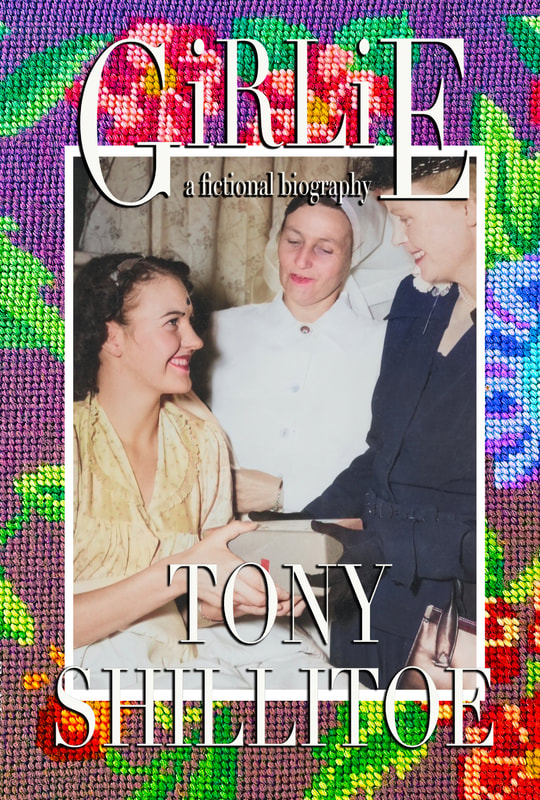
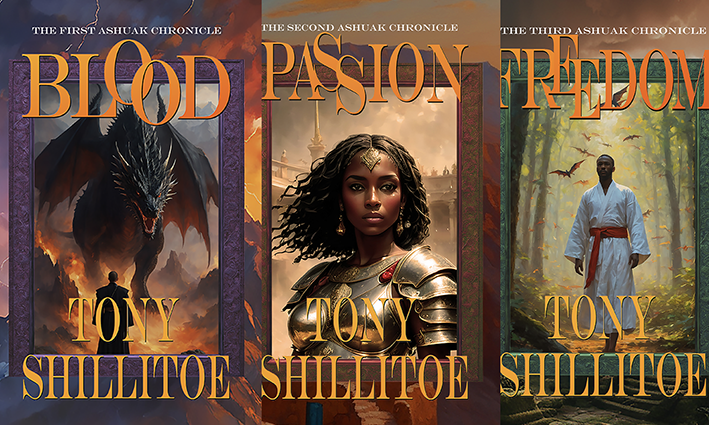


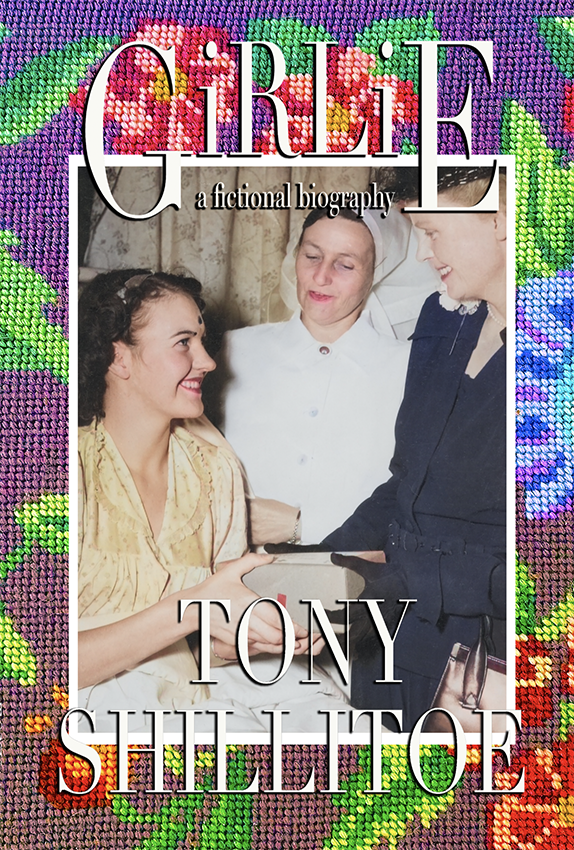
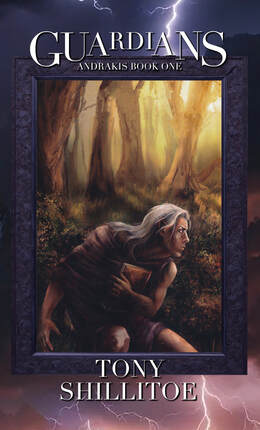
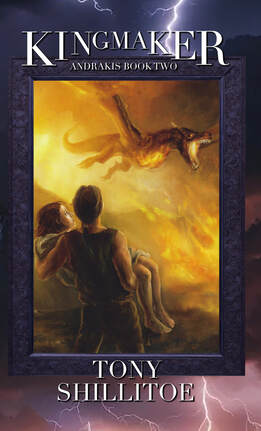
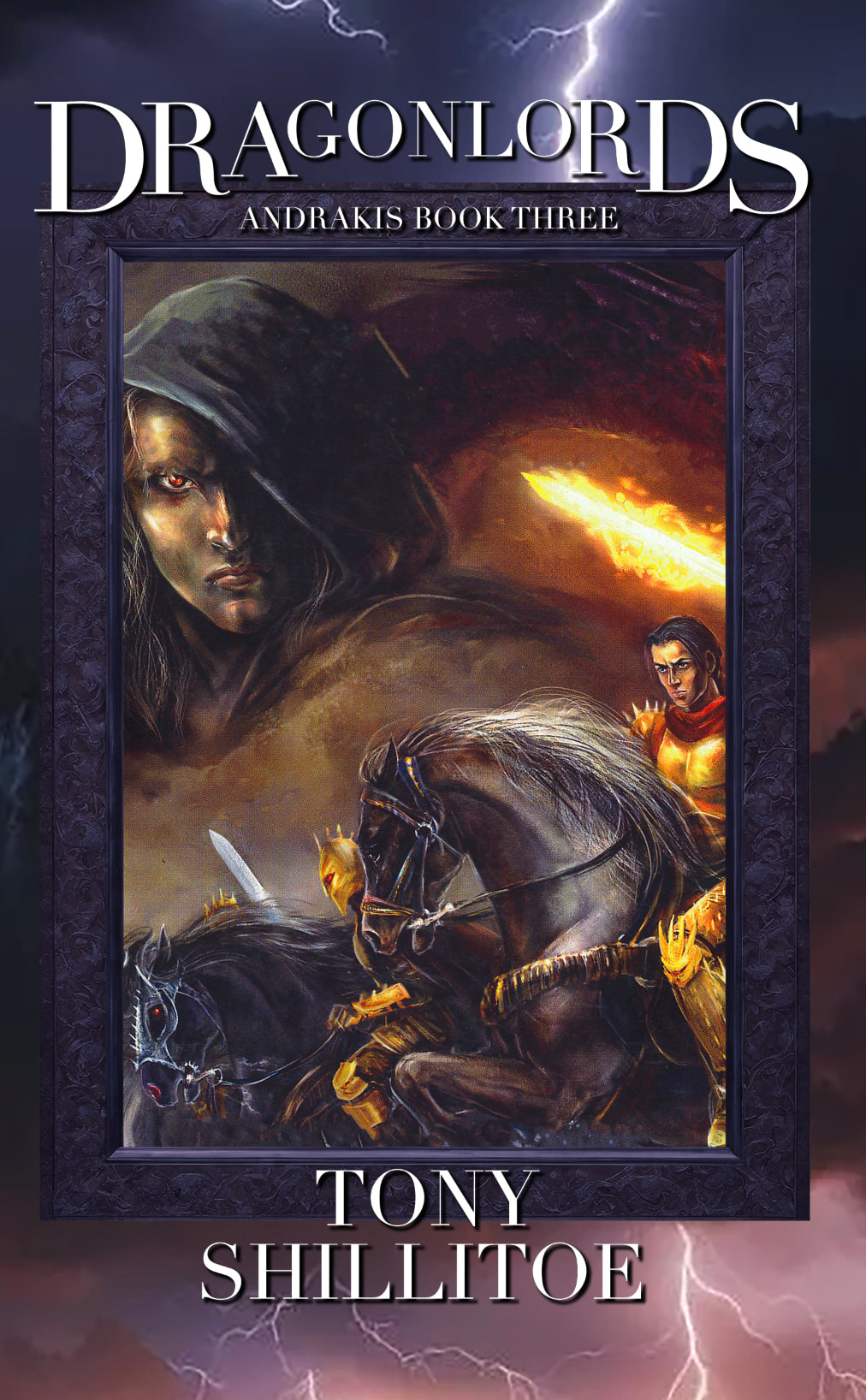

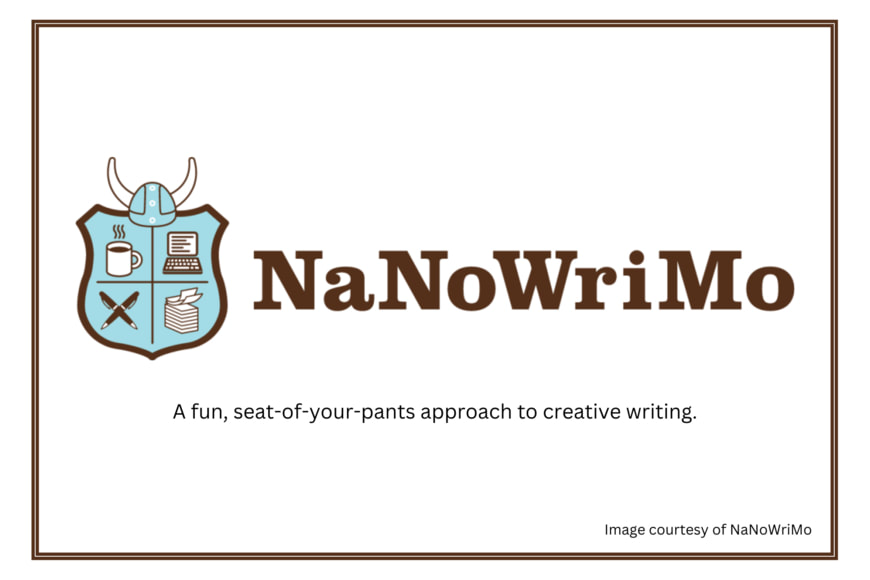
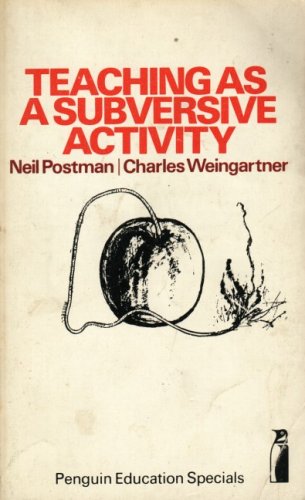
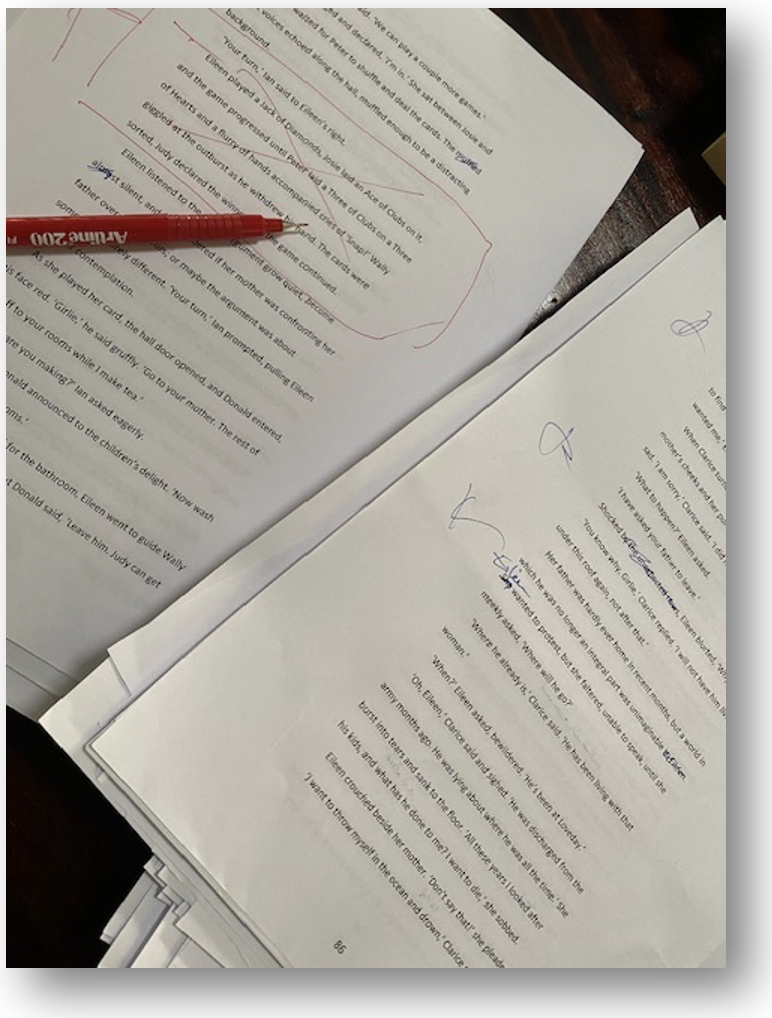
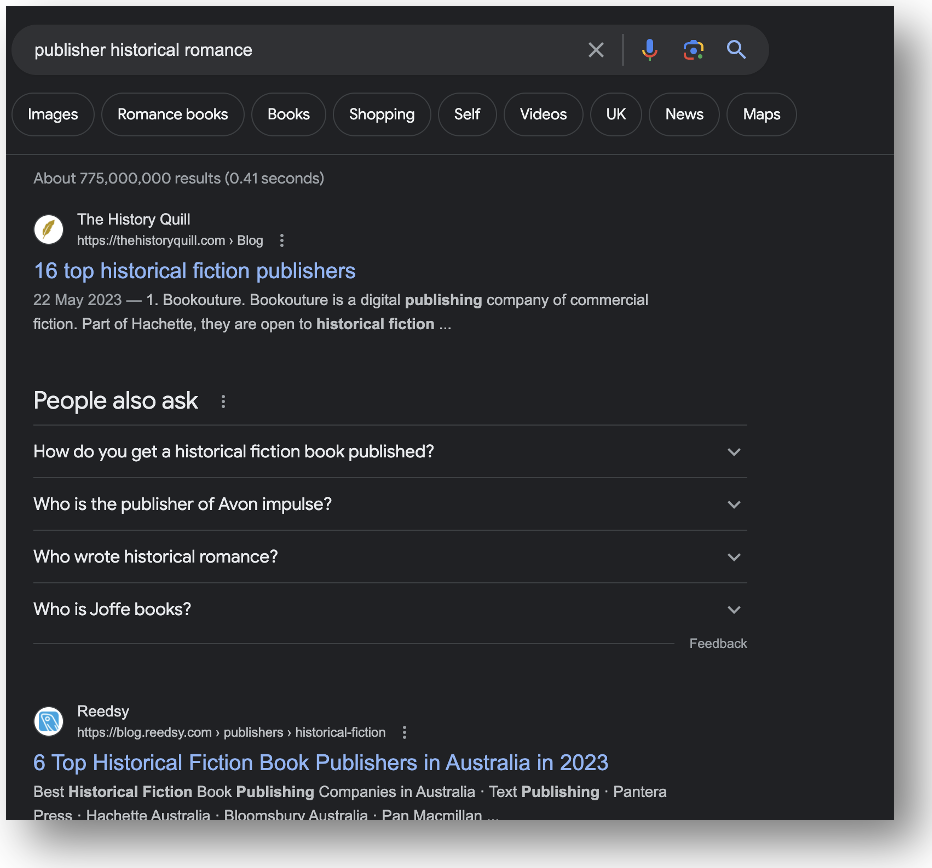
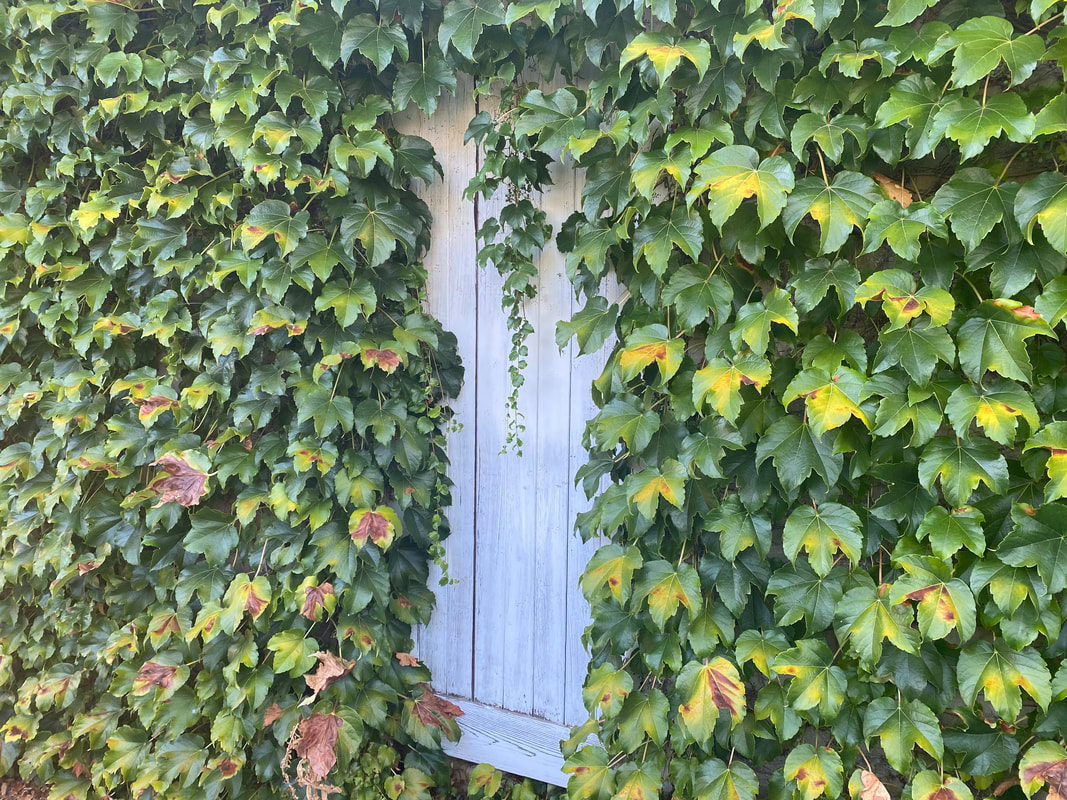
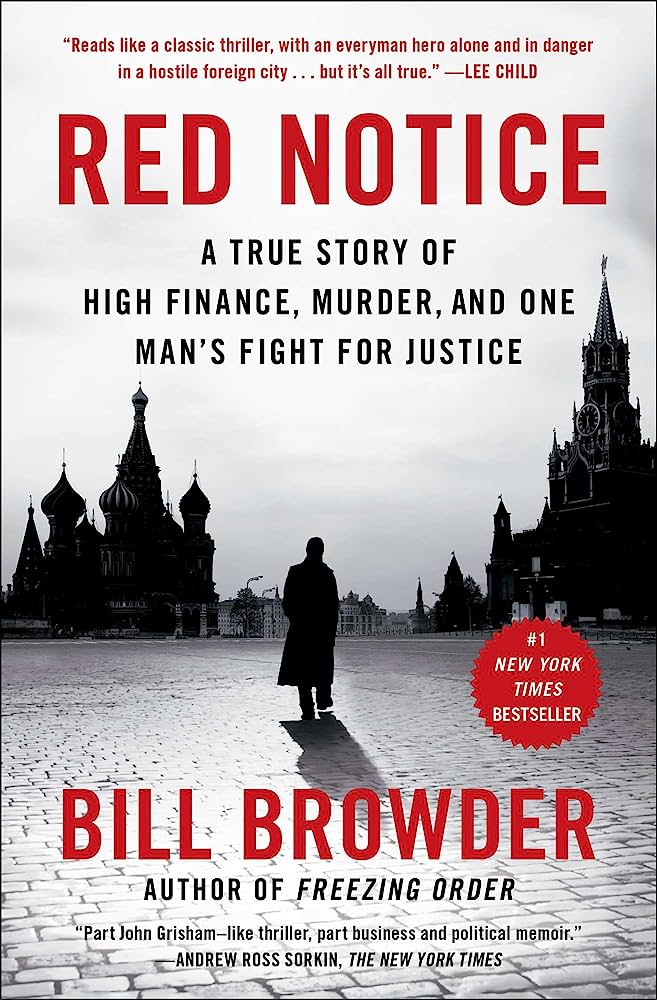
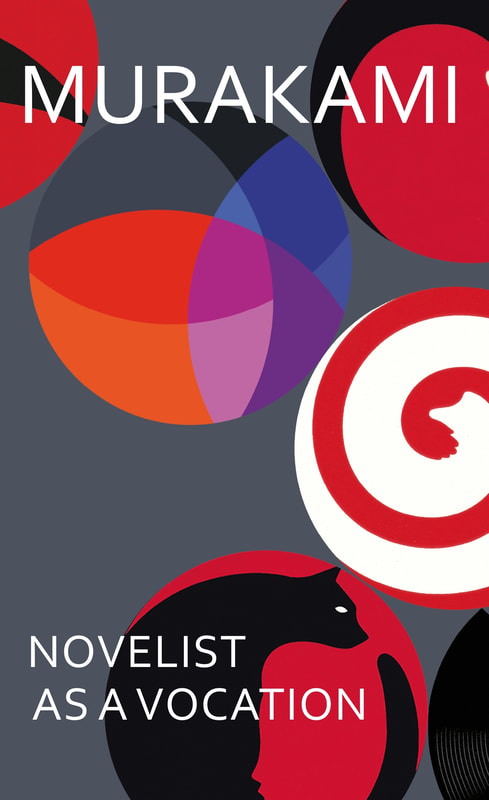
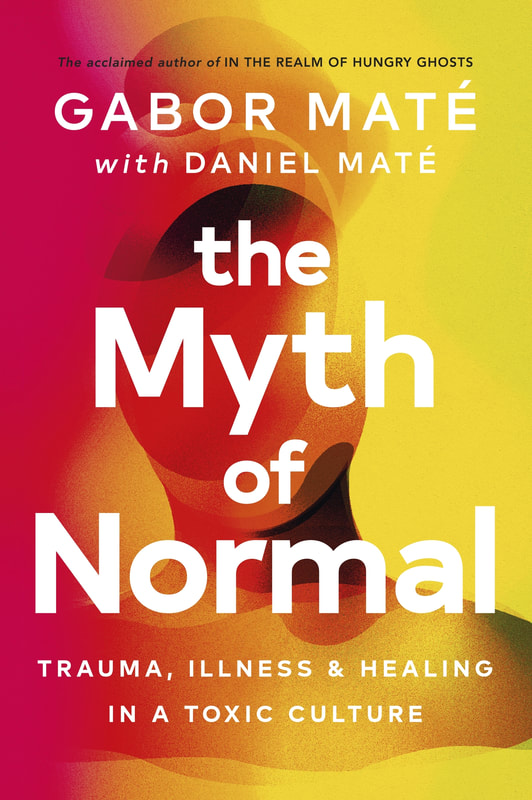
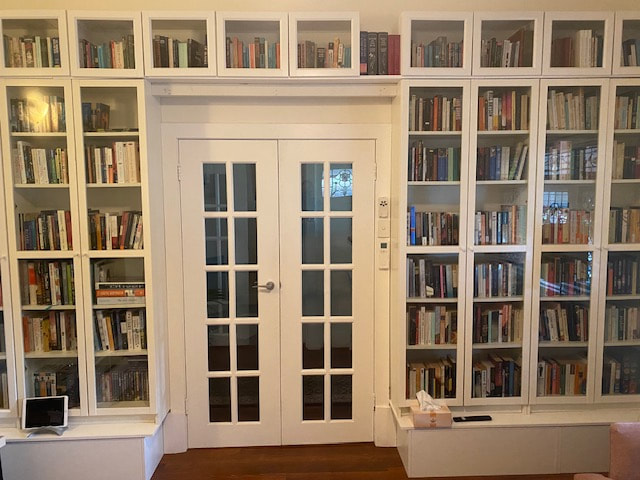
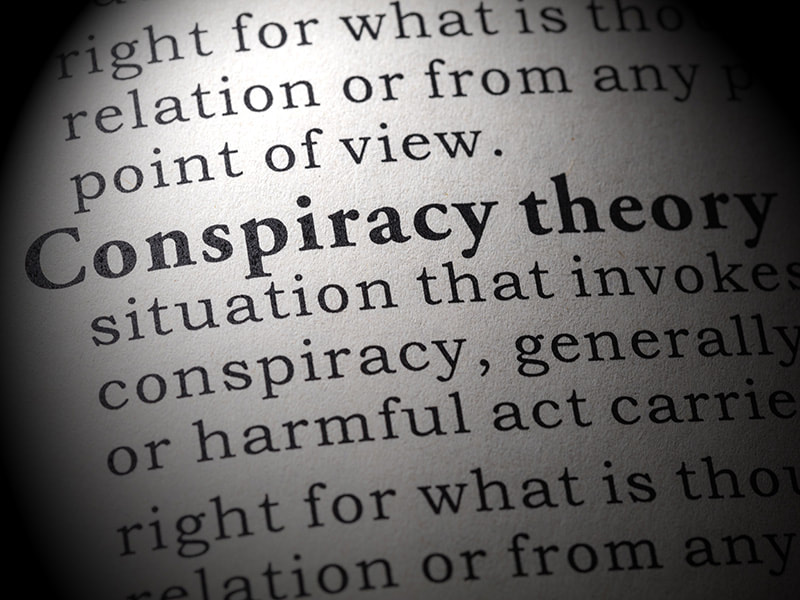

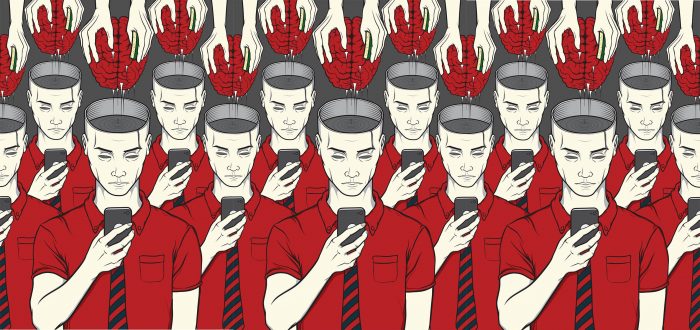
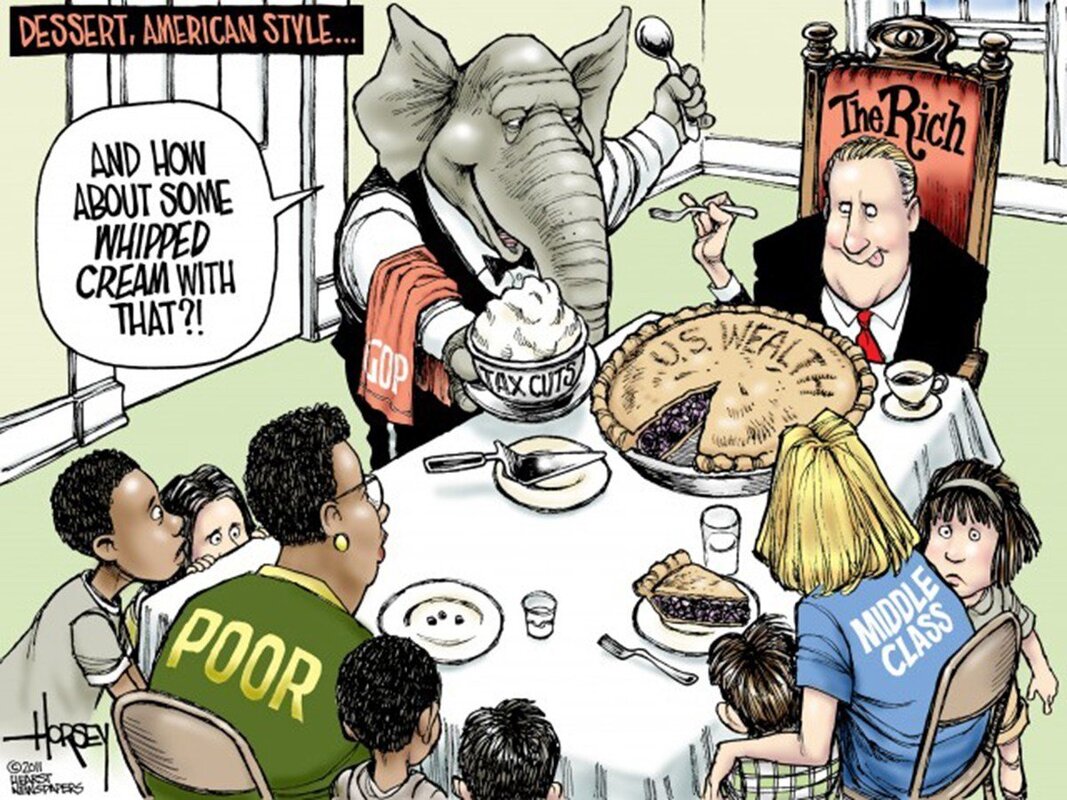
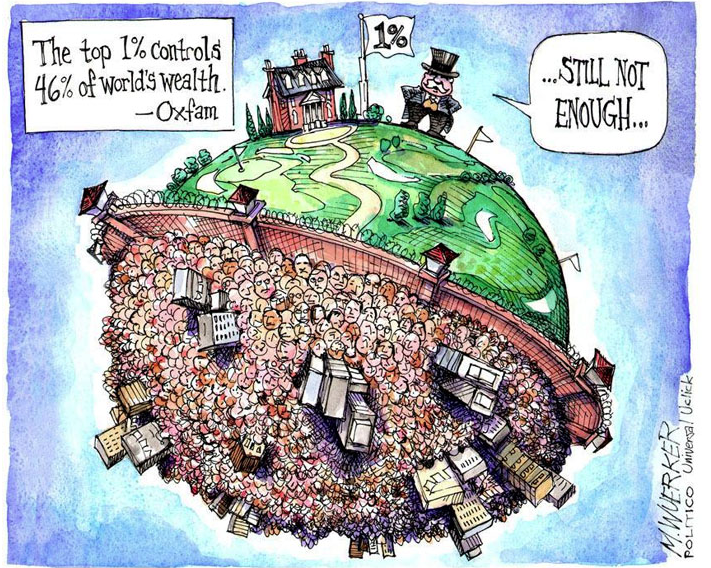
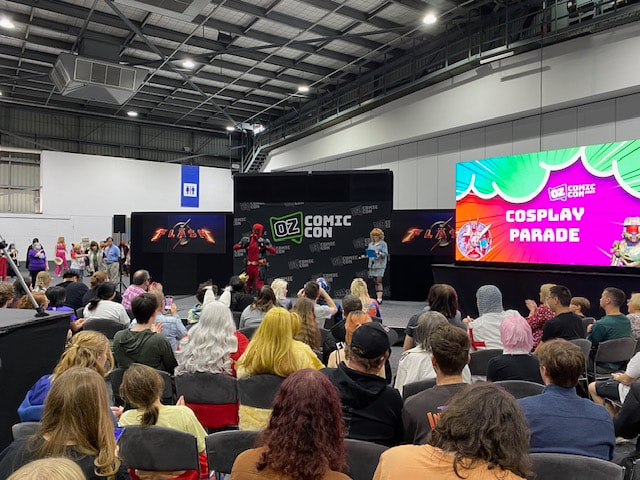

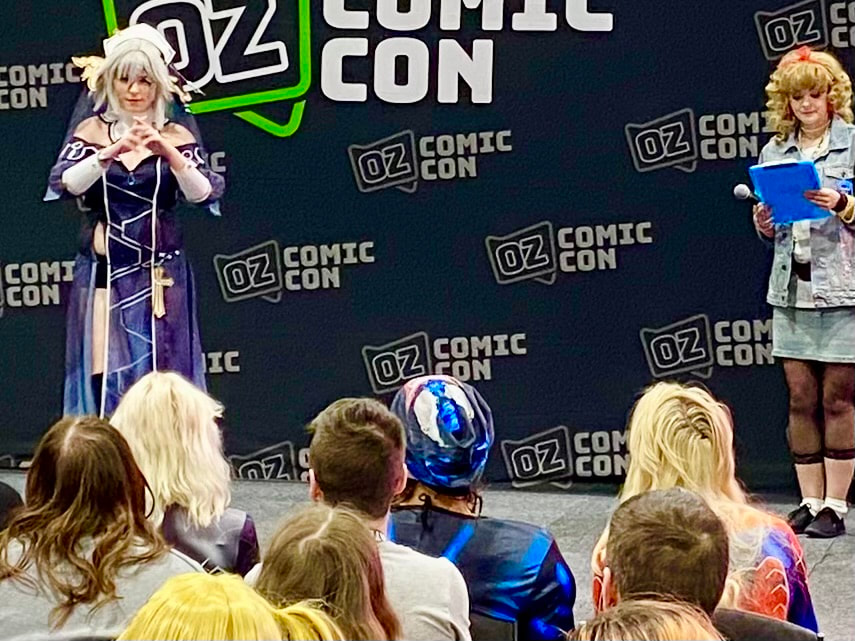

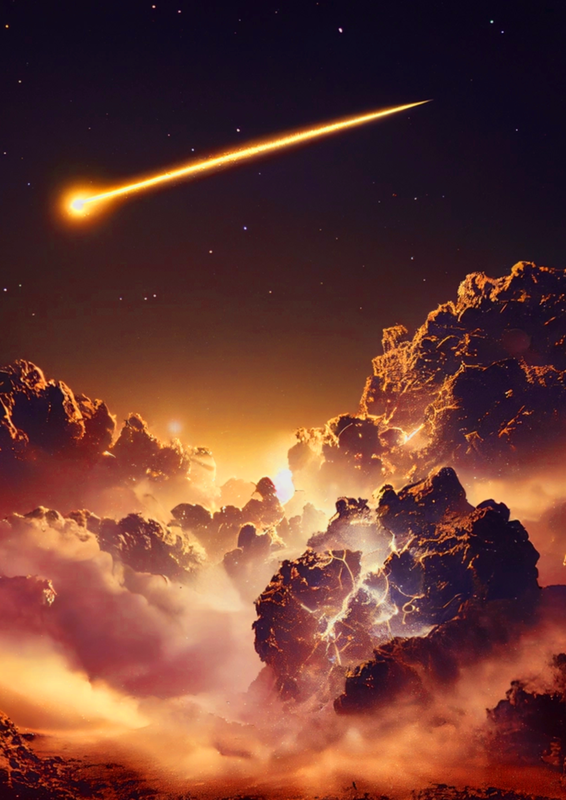

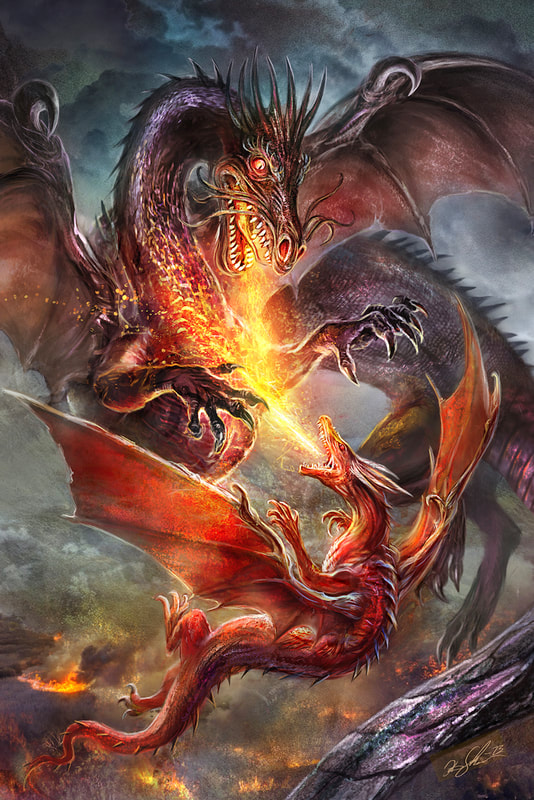
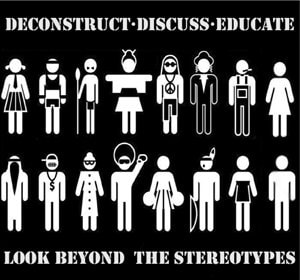



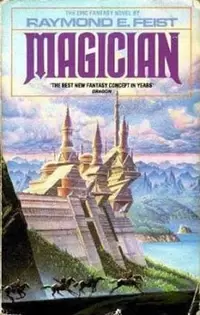

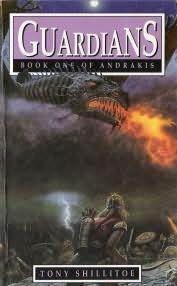


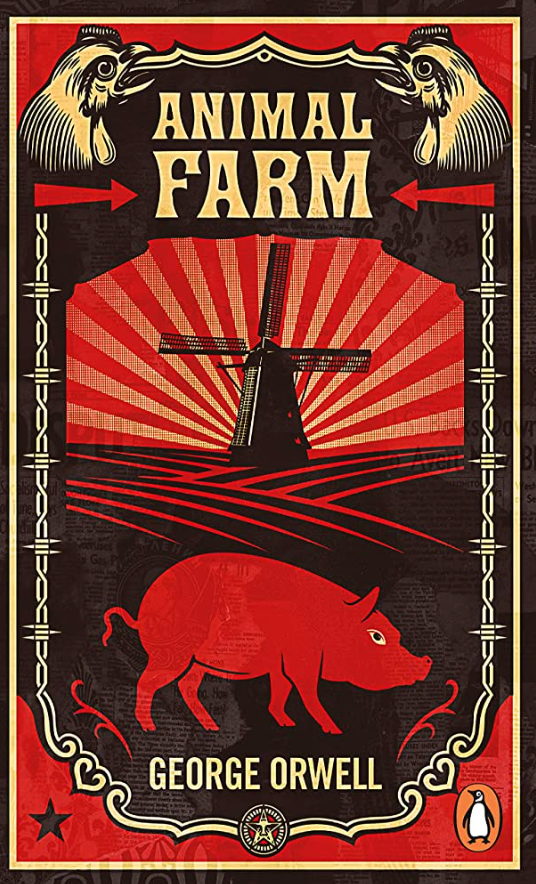
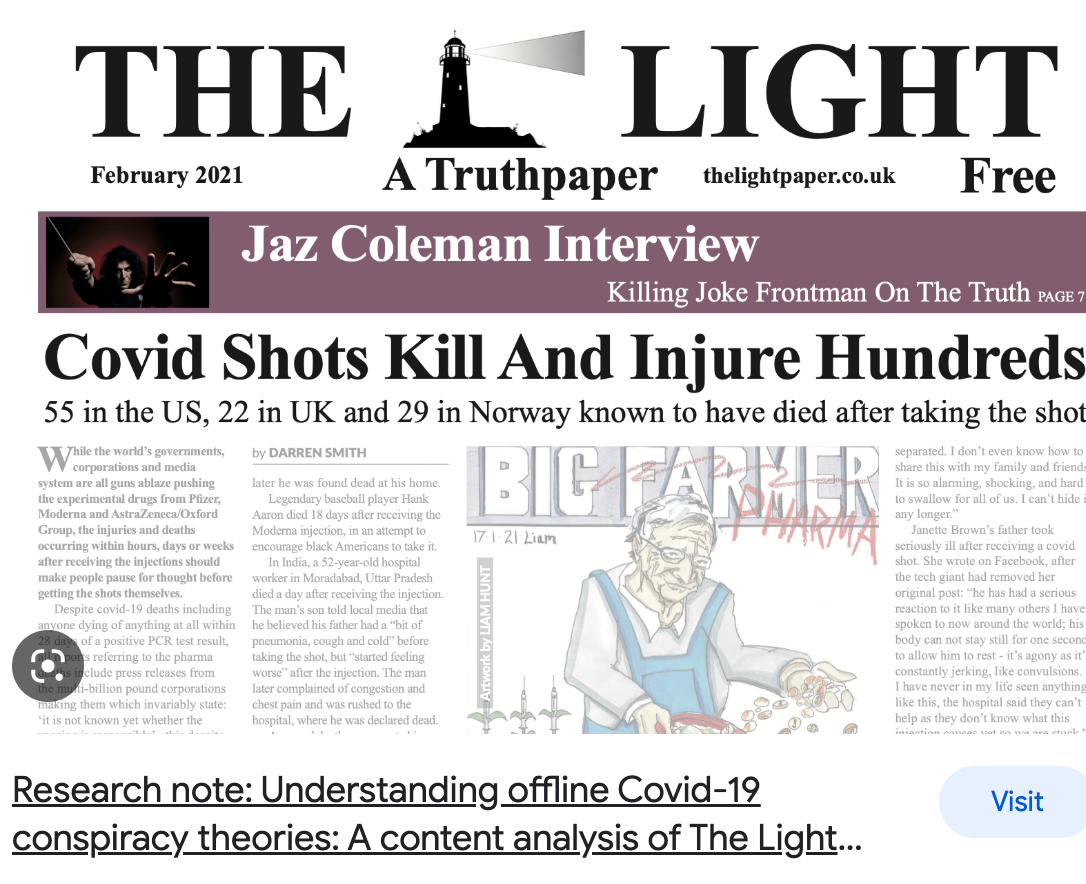
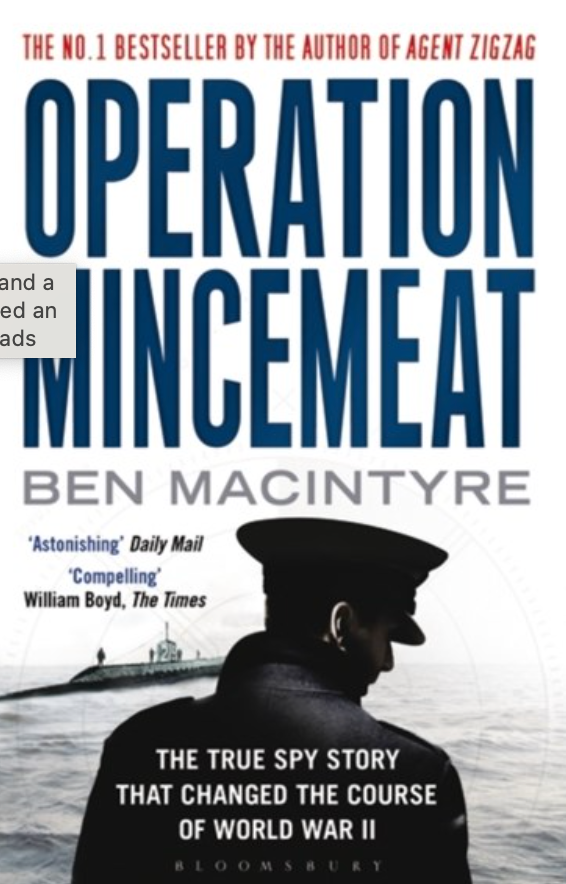

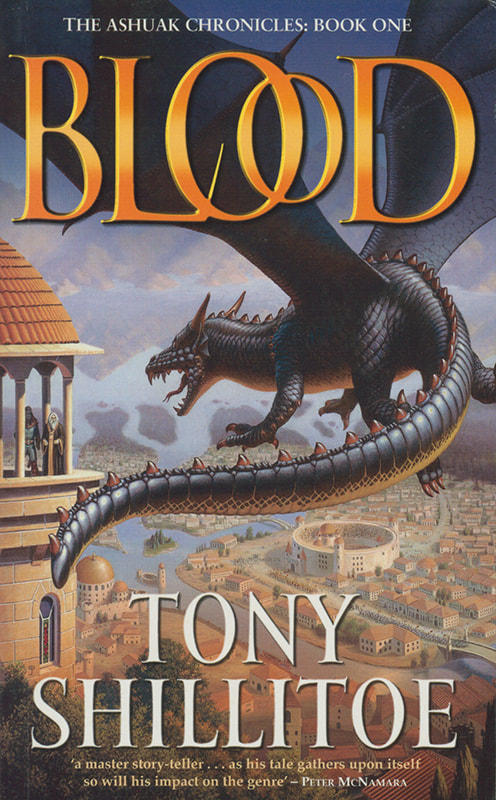
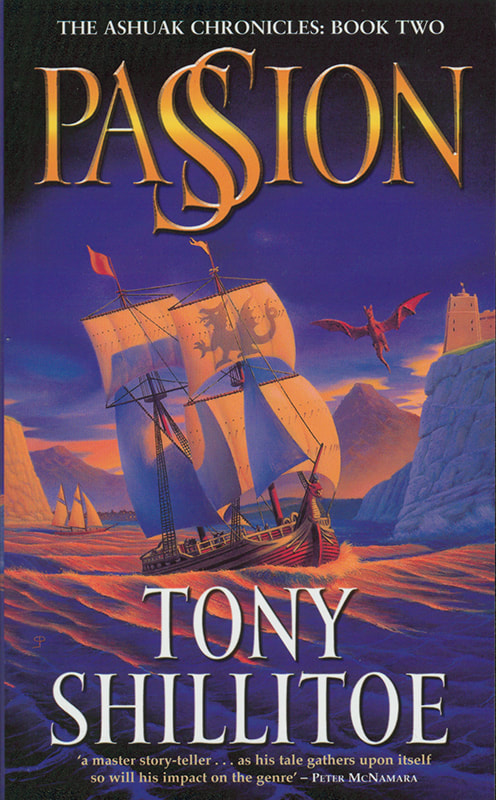

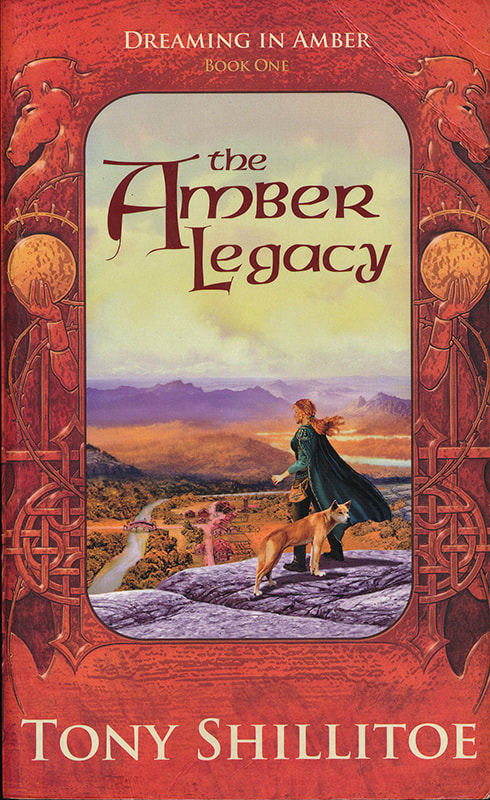
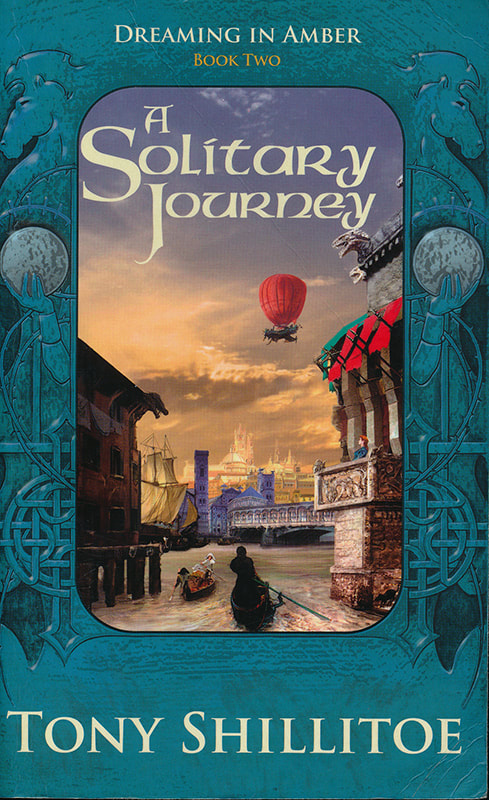
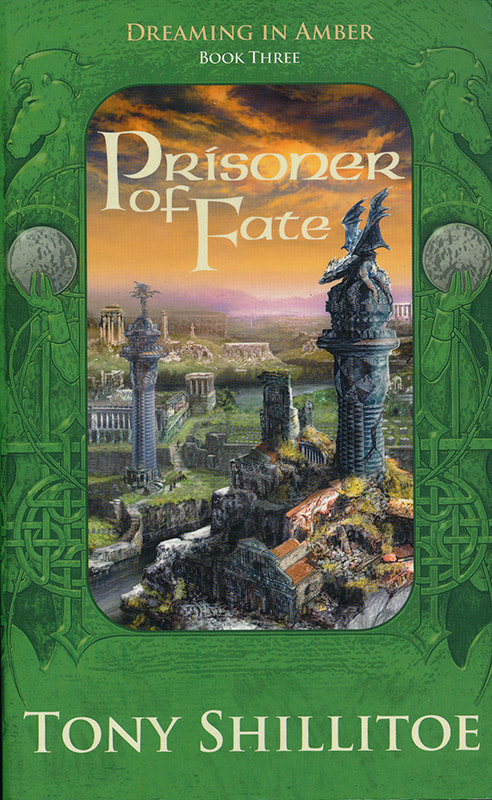
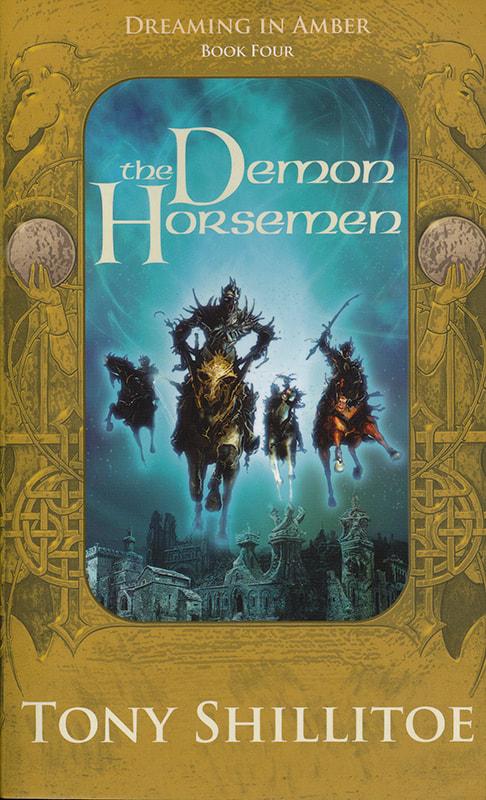
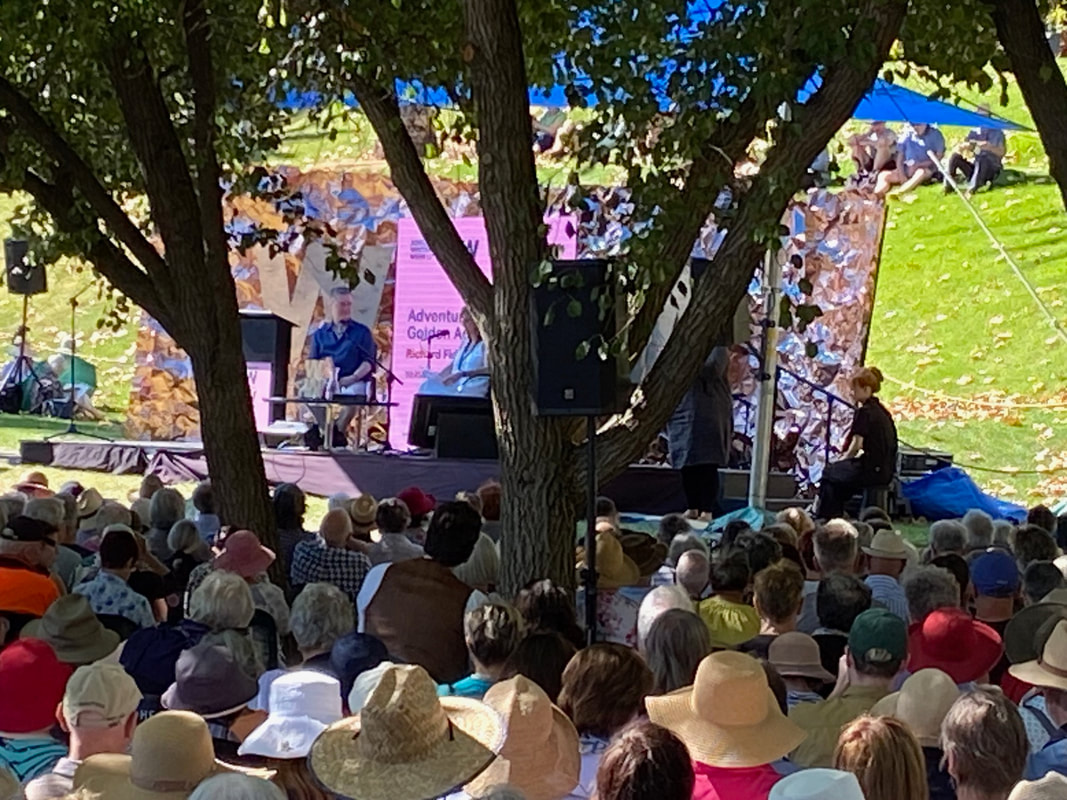
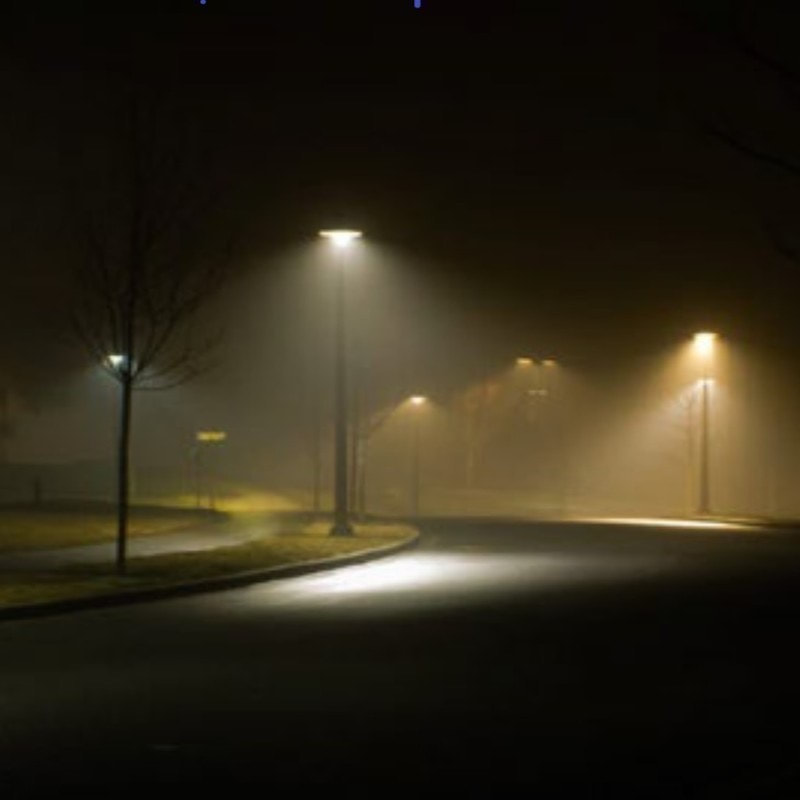
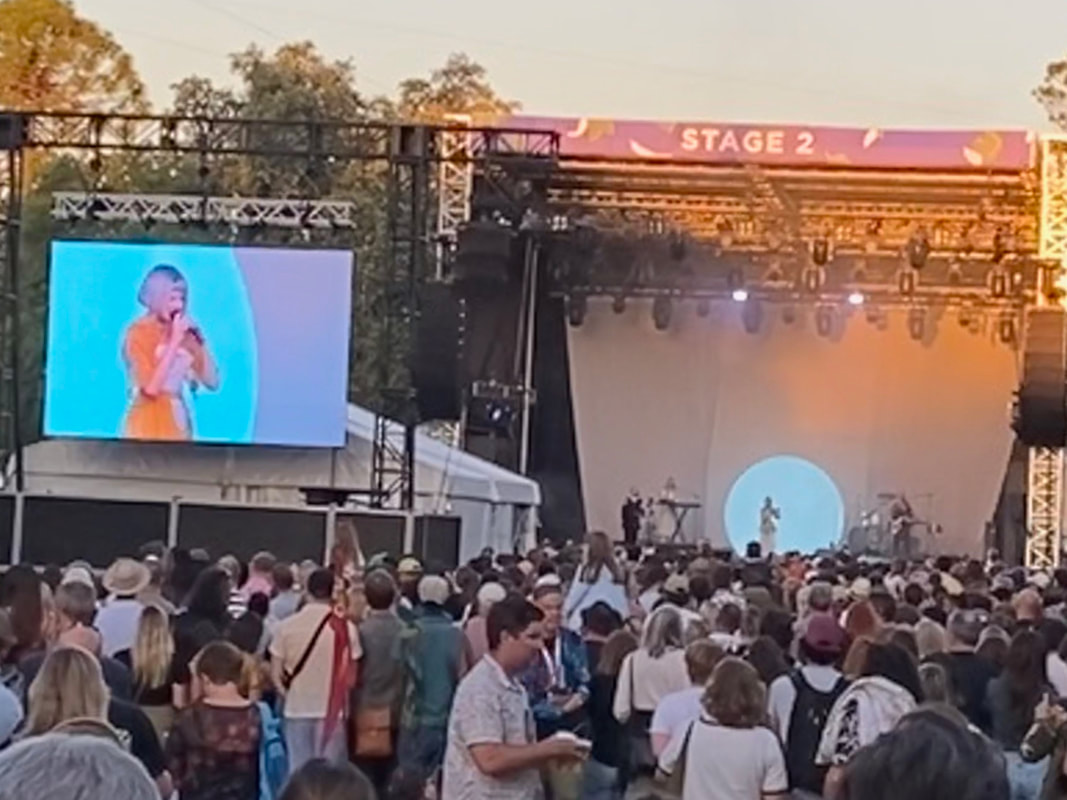
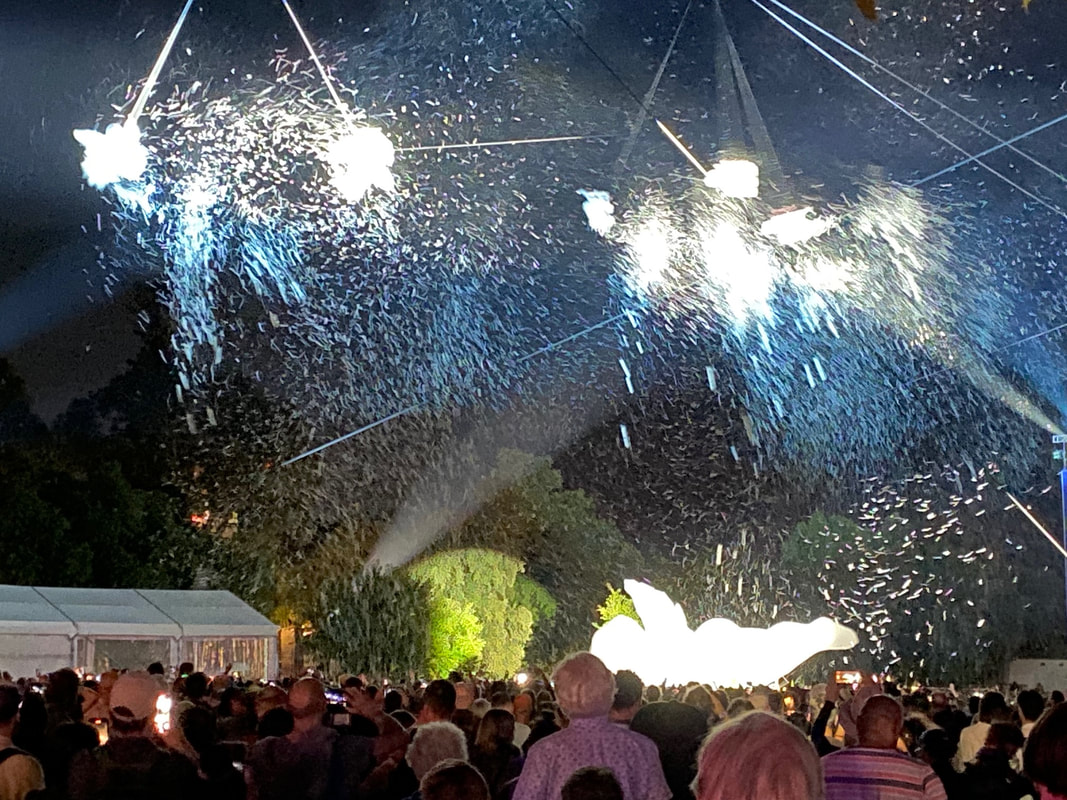
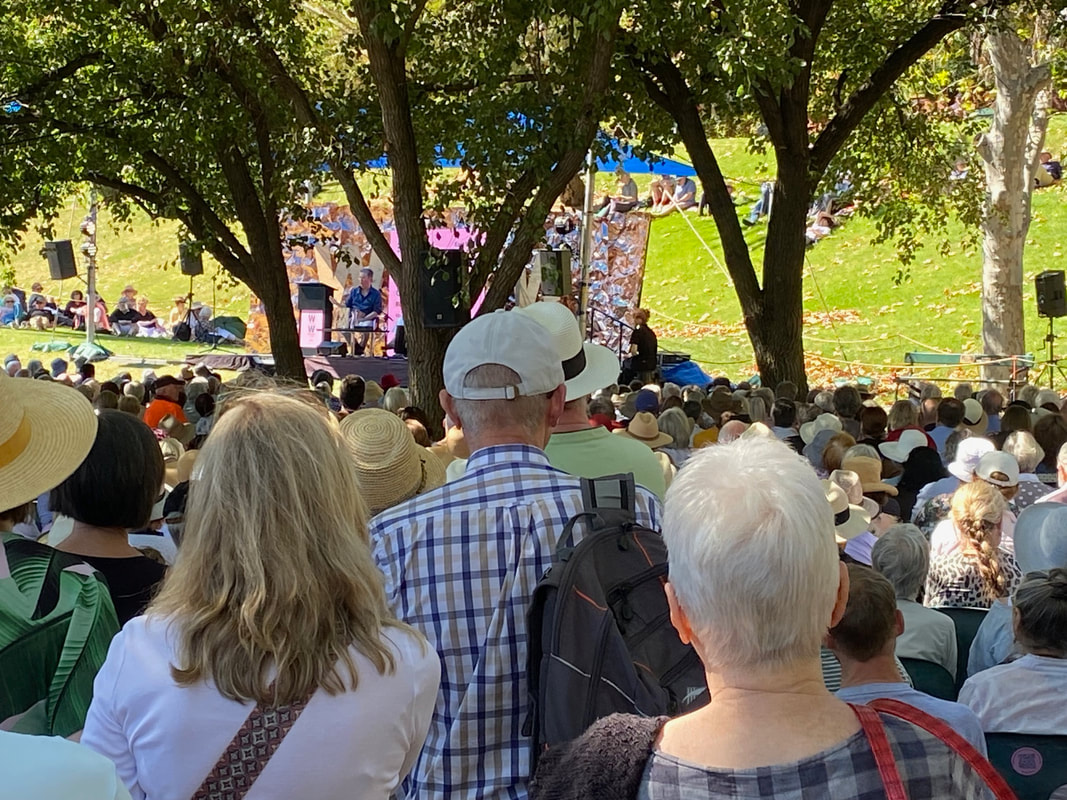
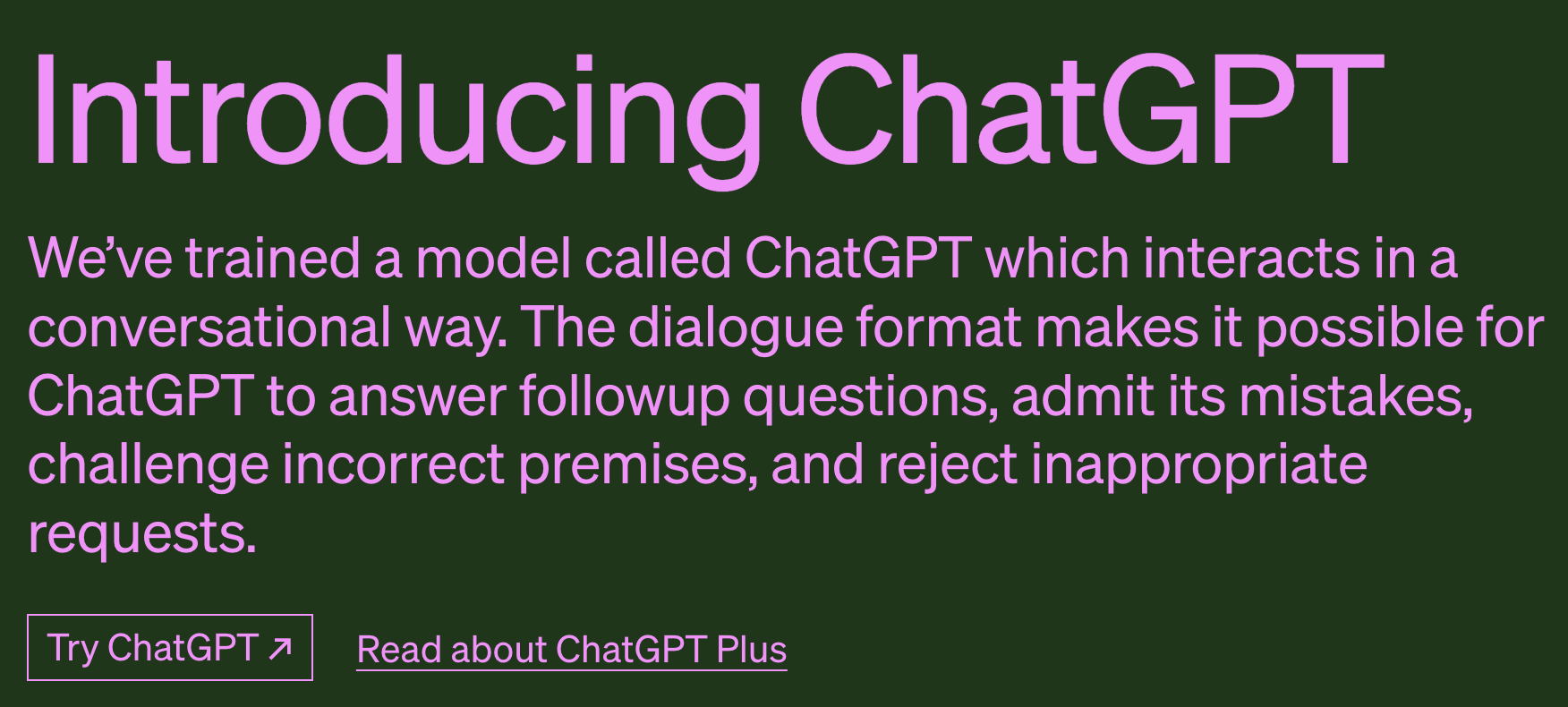
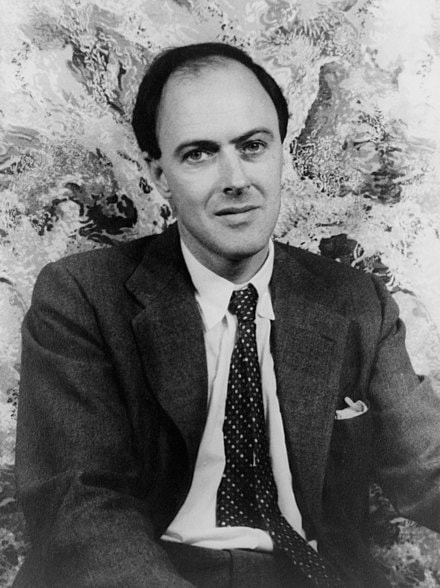
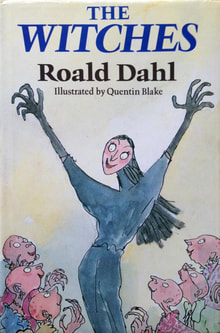
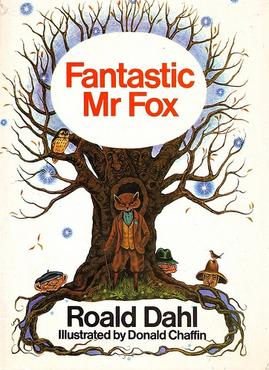


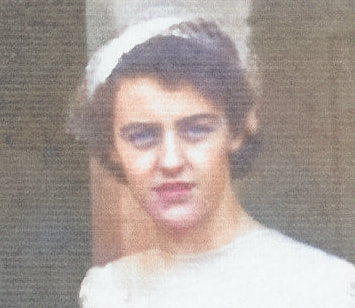
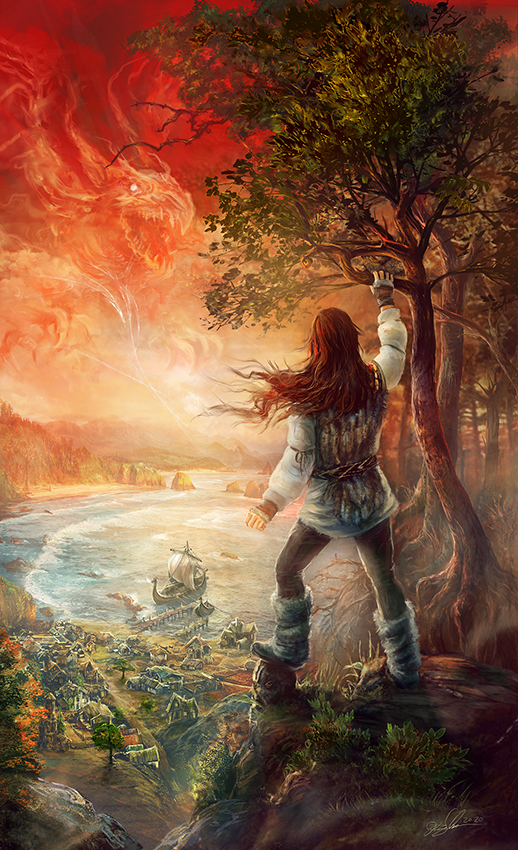
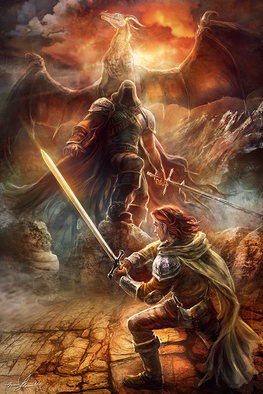
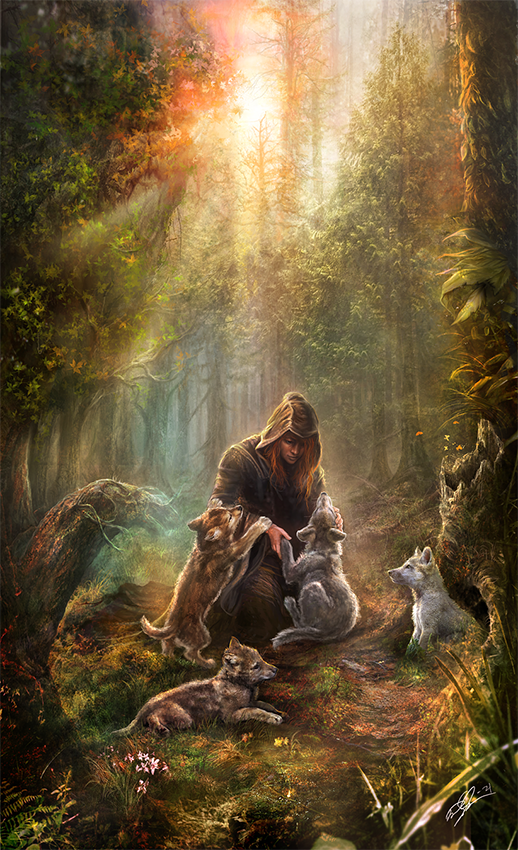
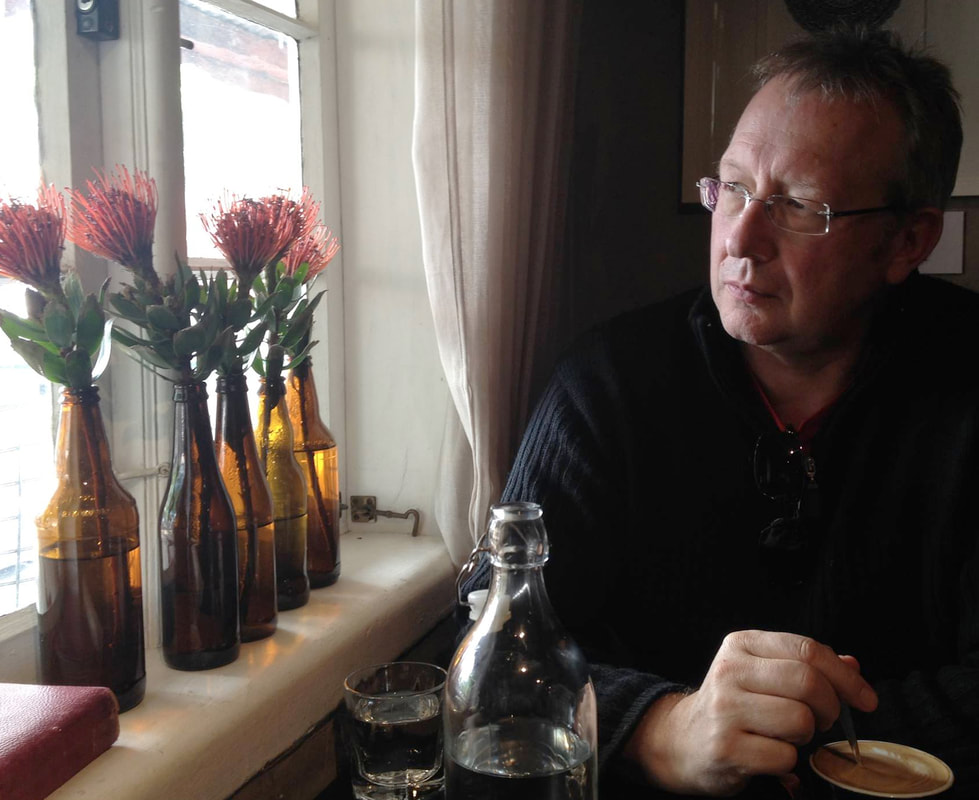
 RSS Feed
RSS Feed